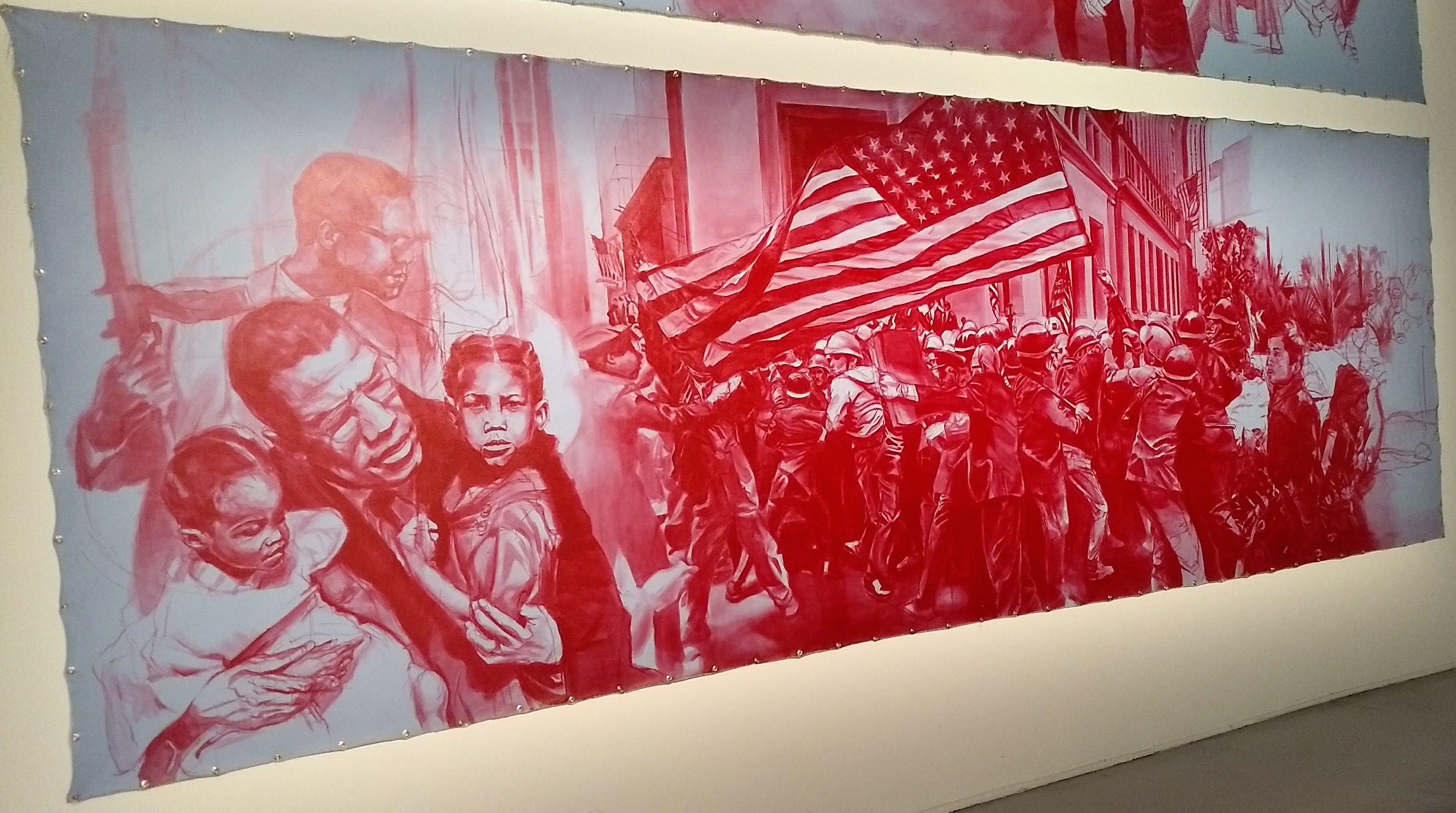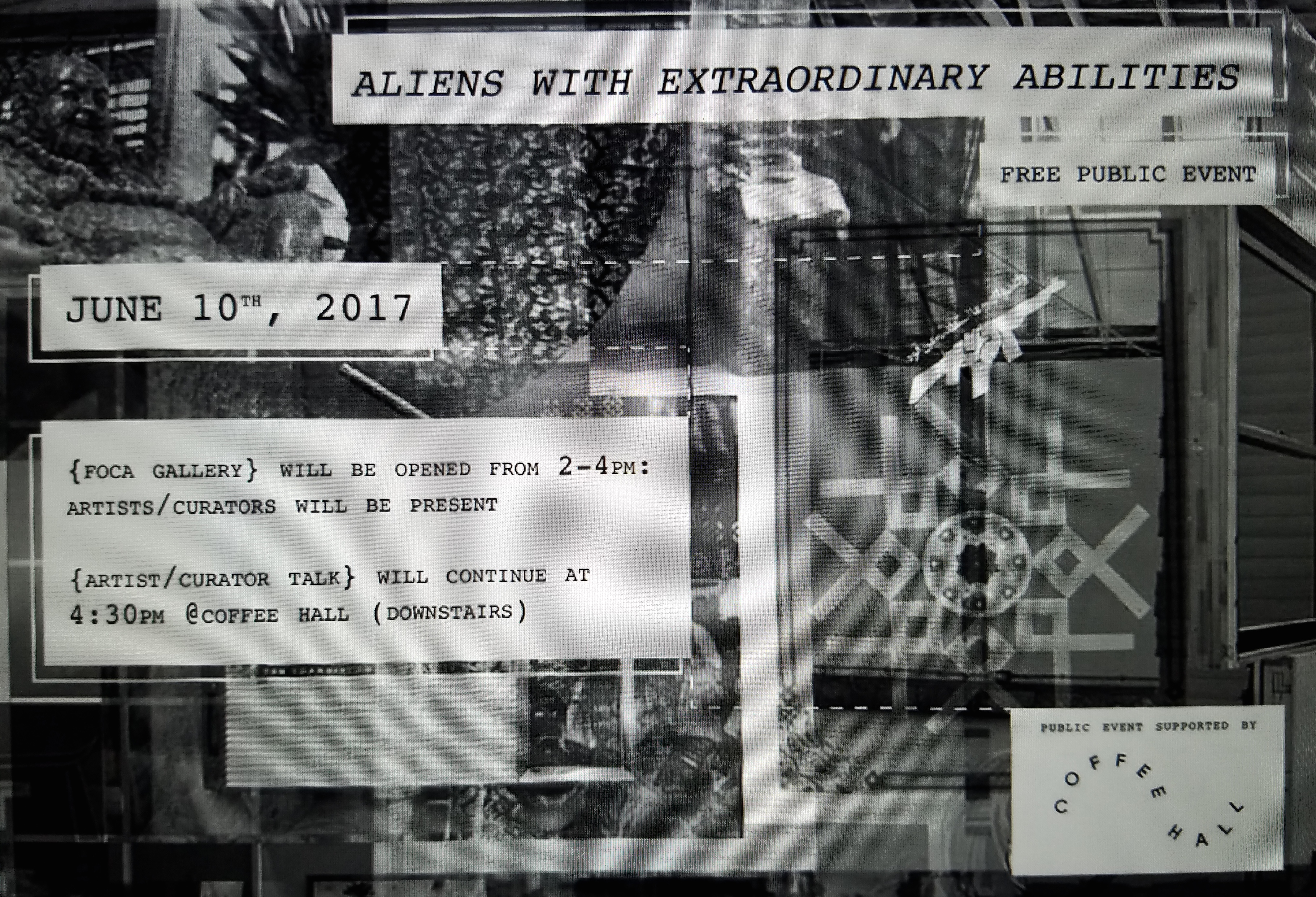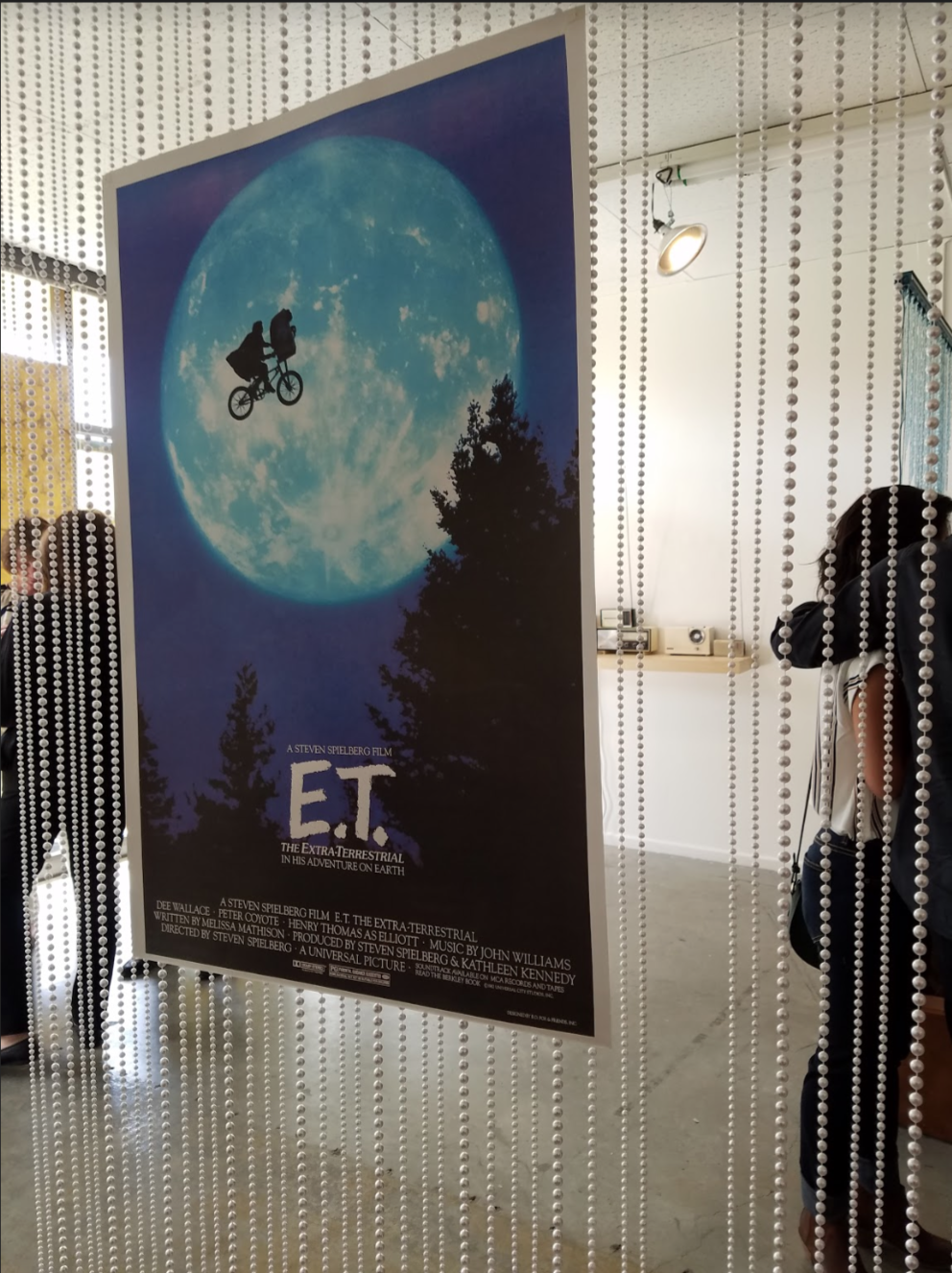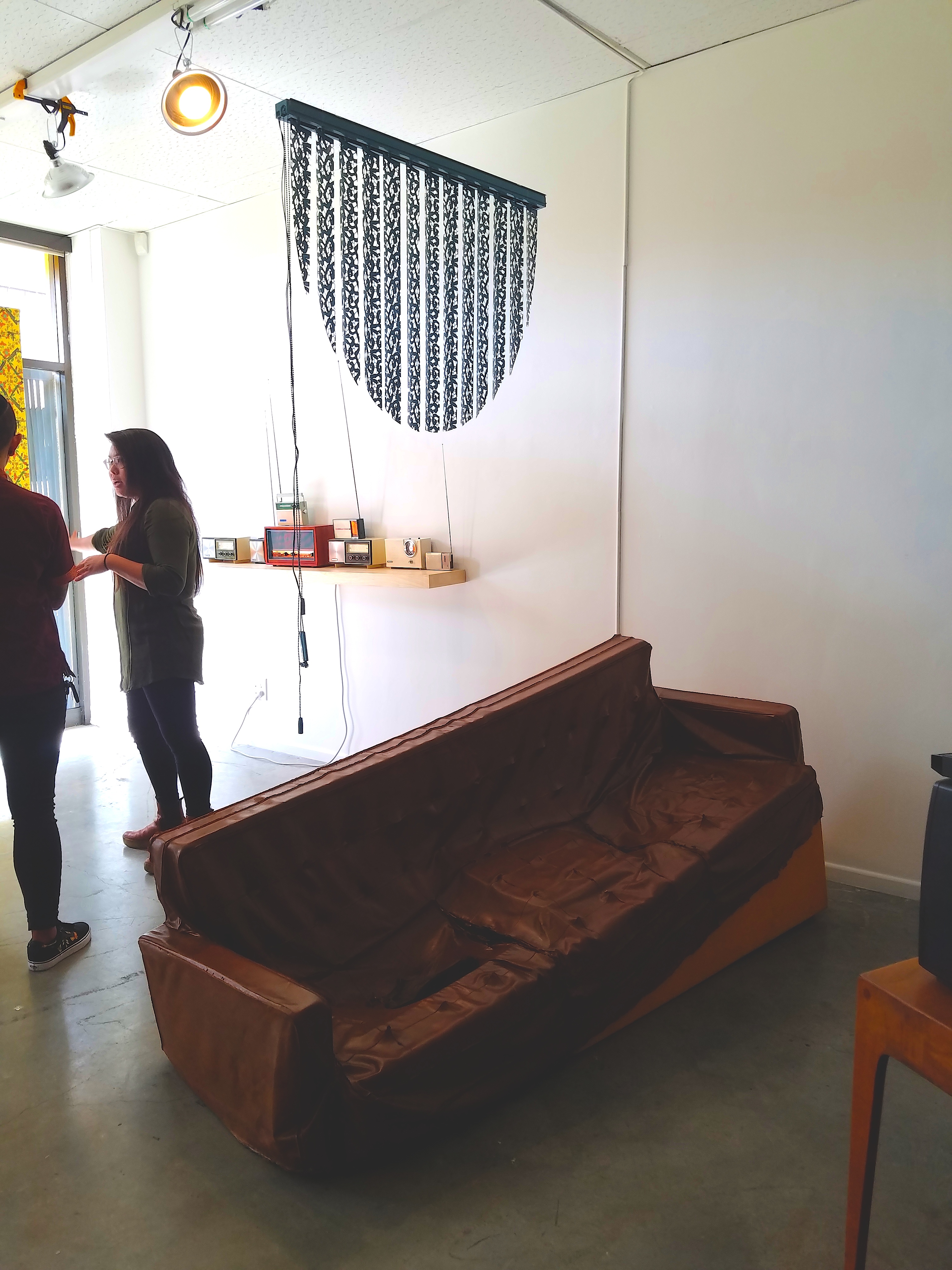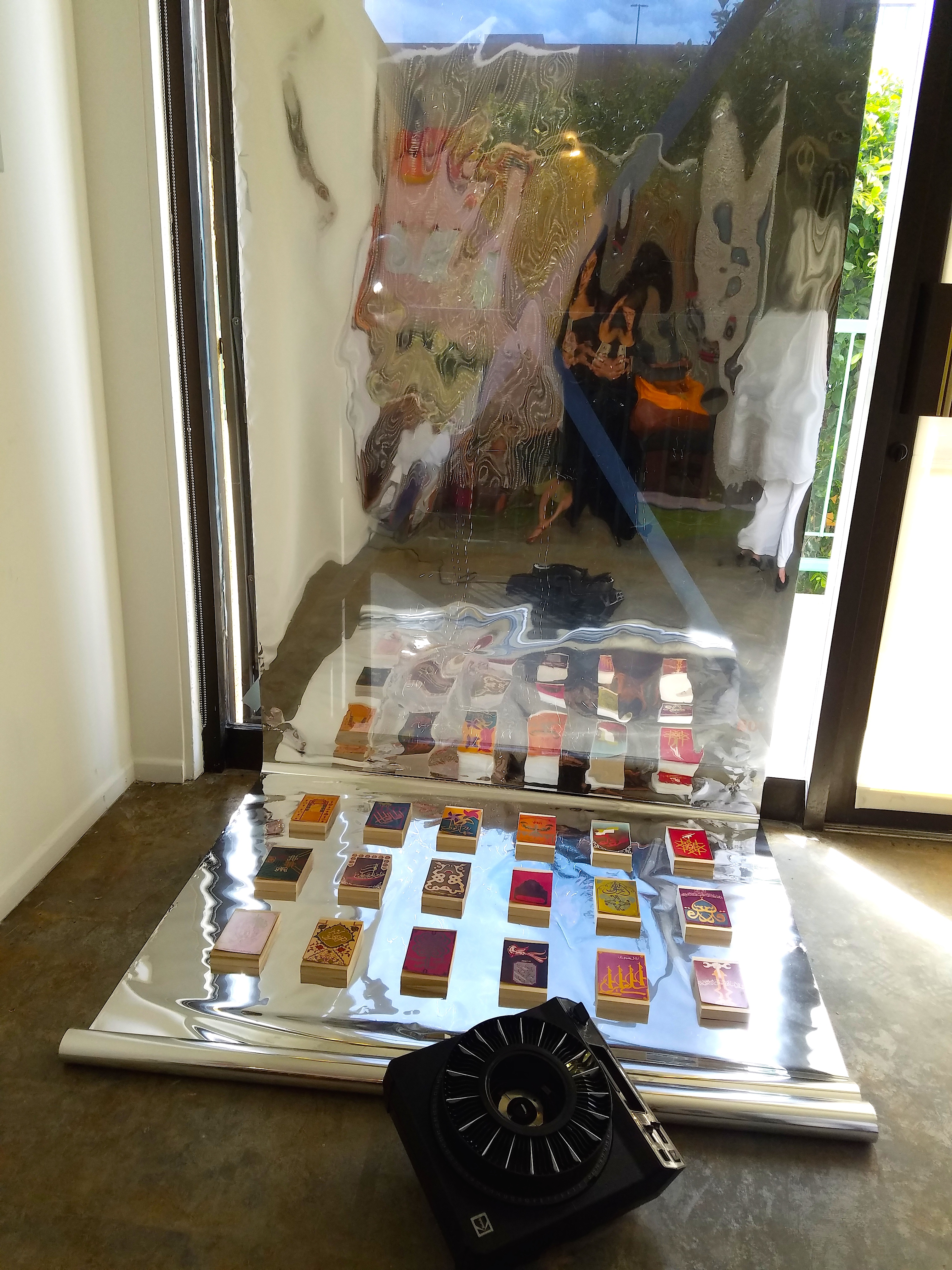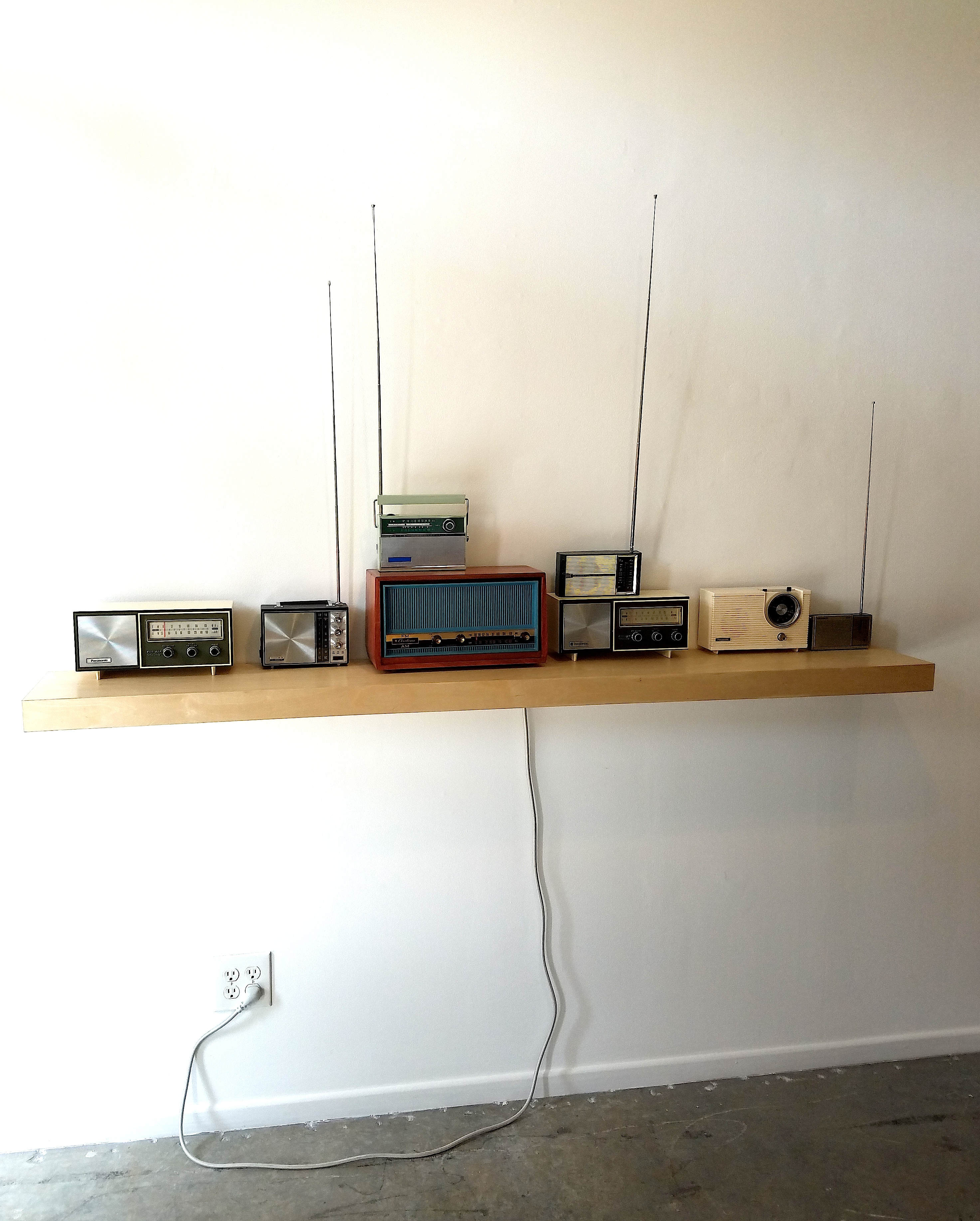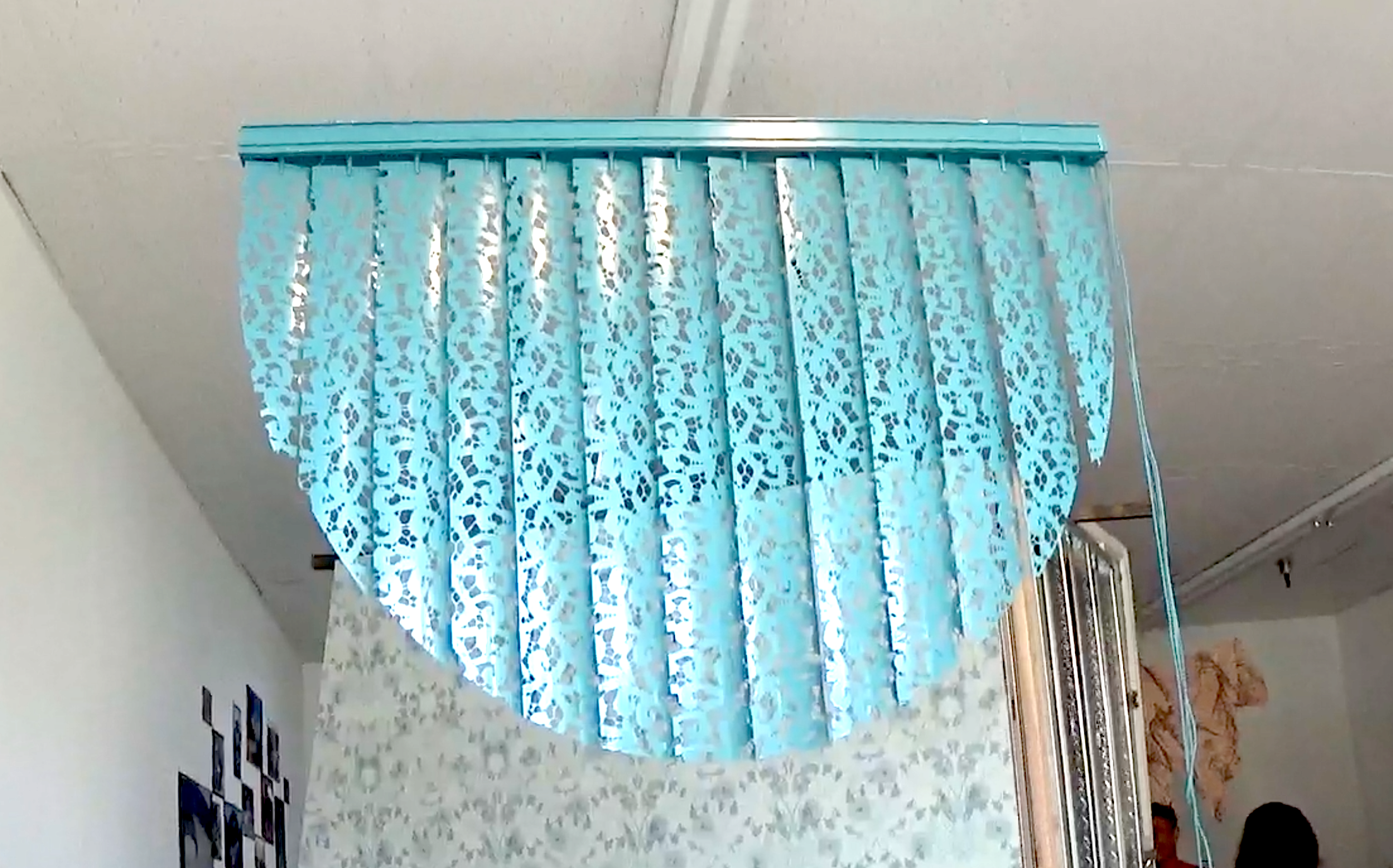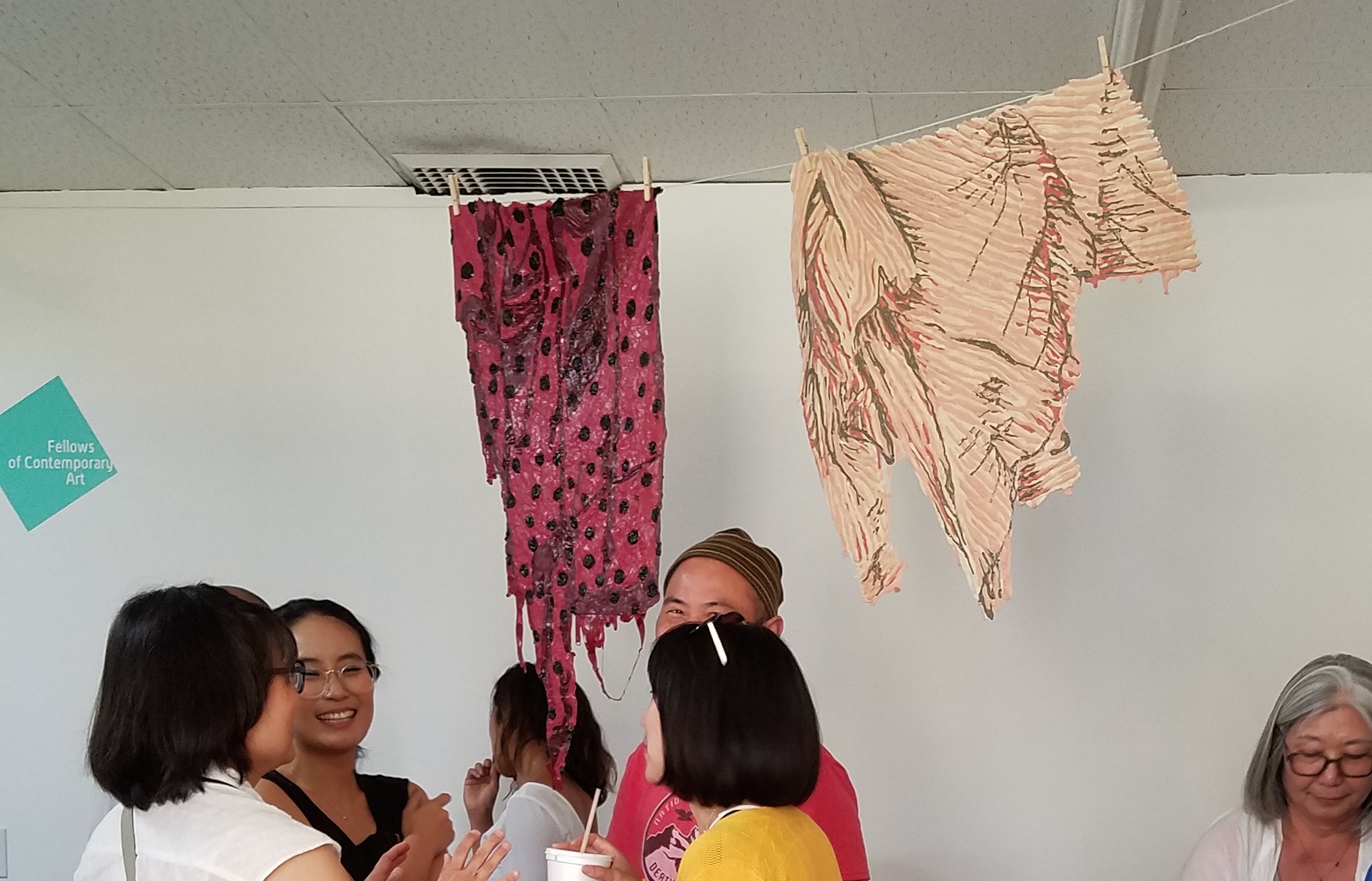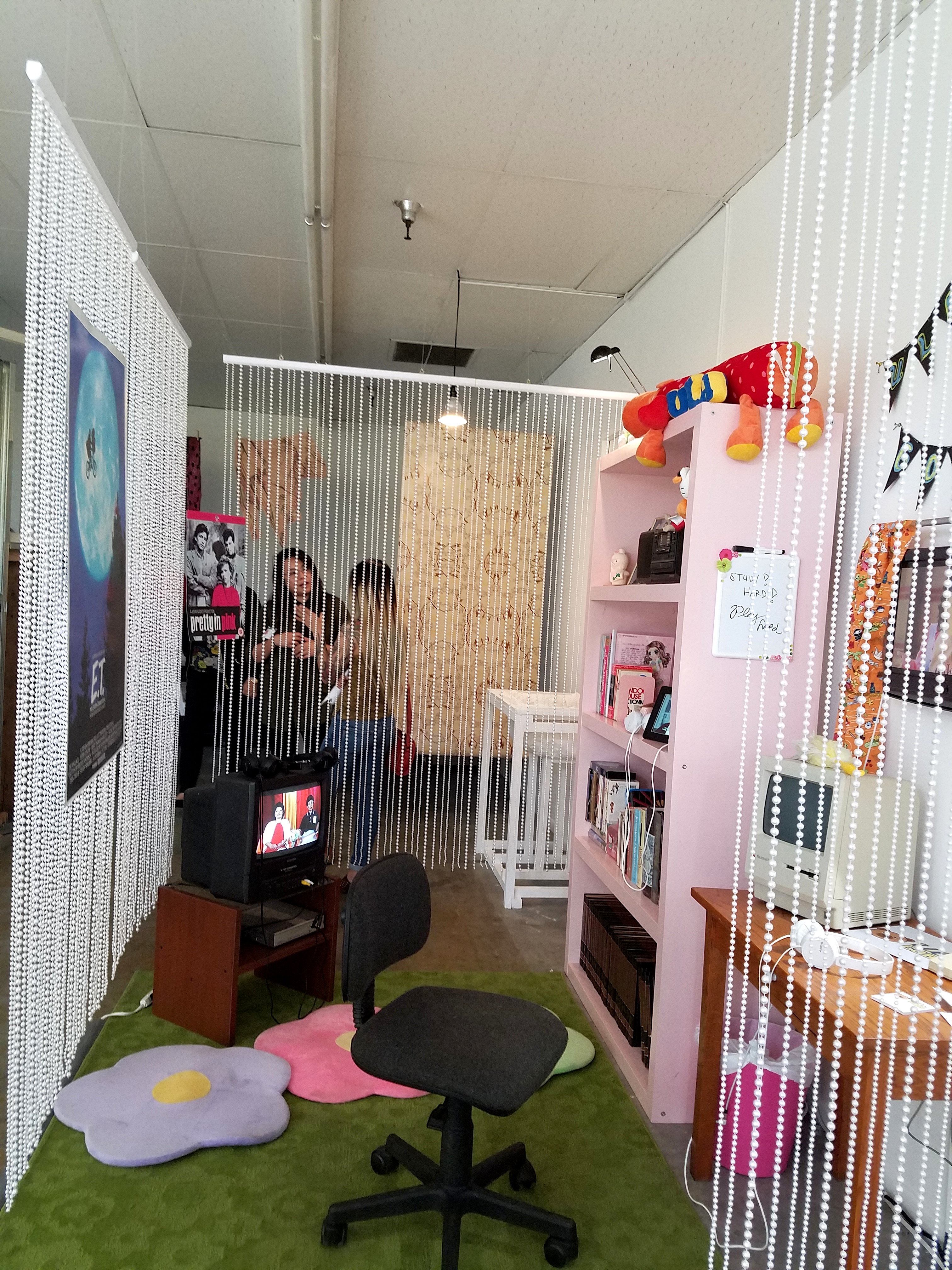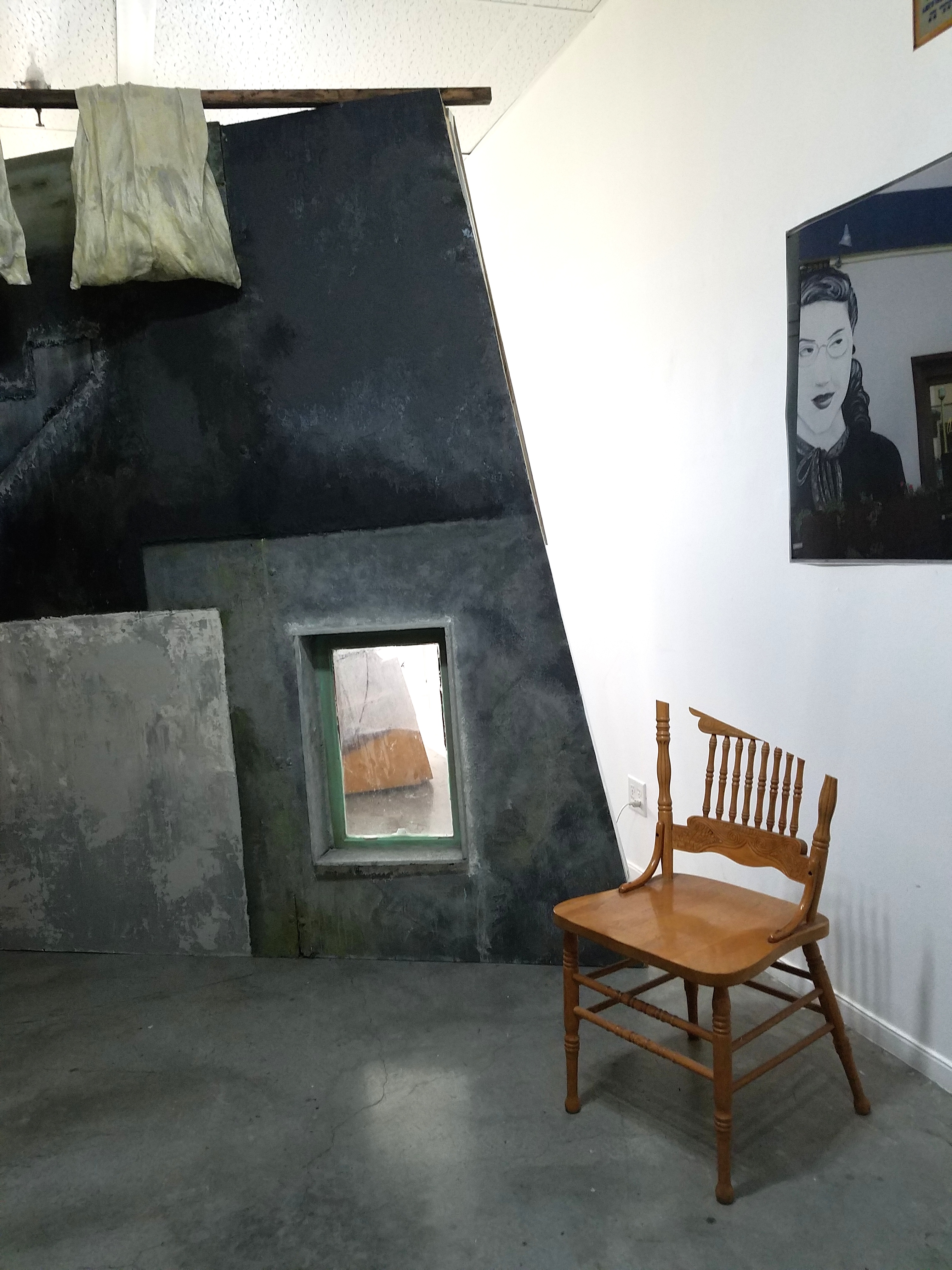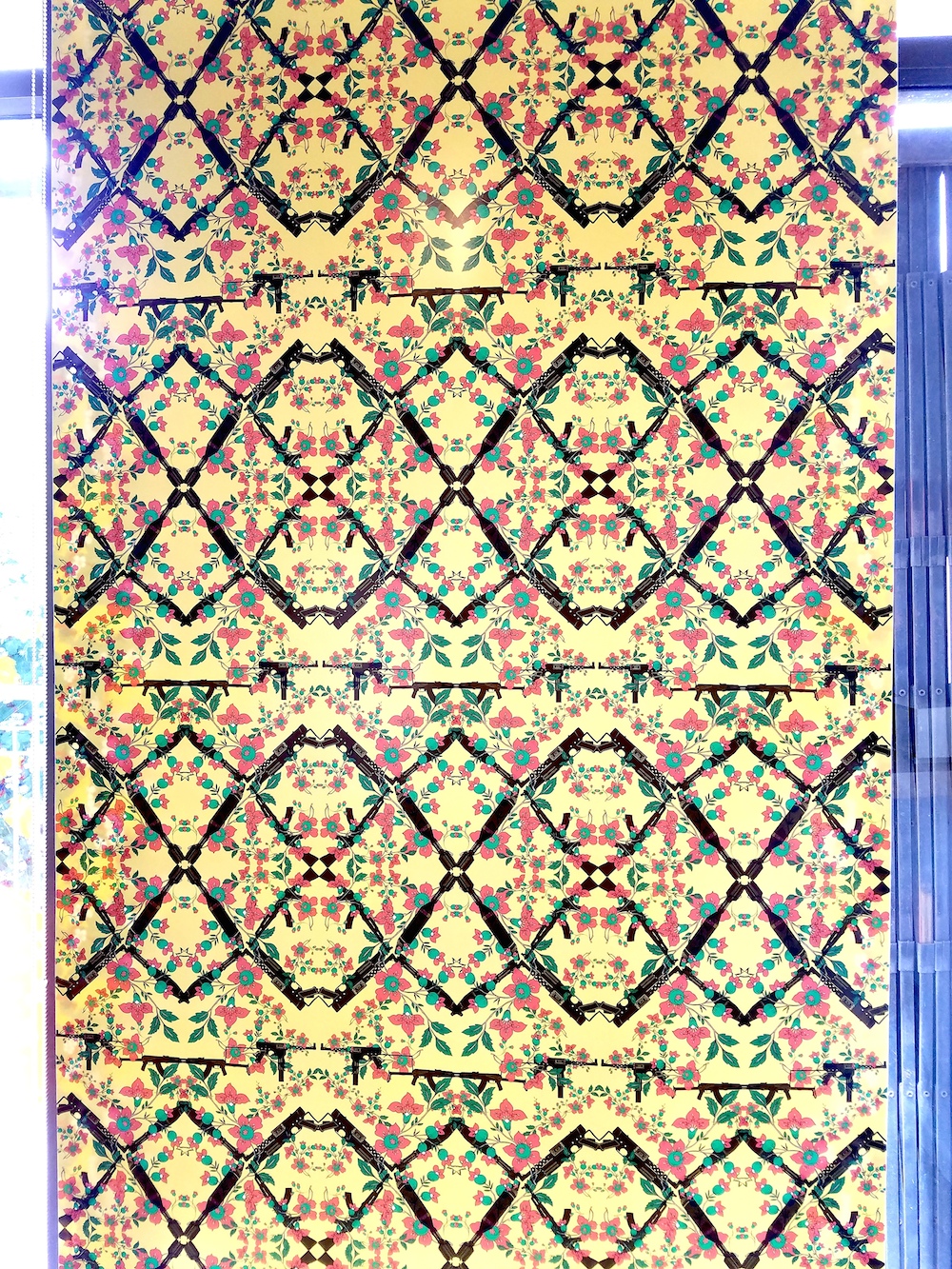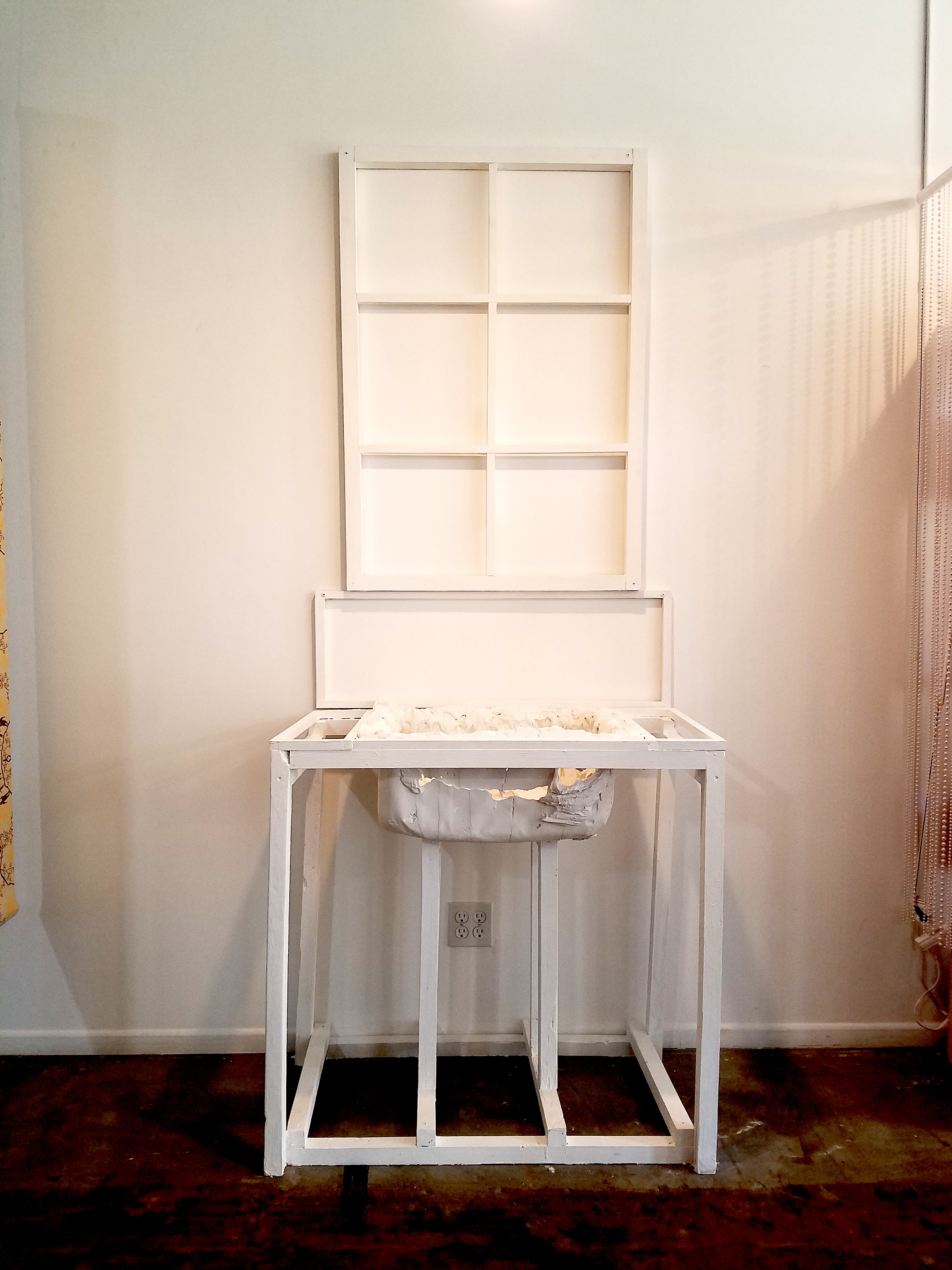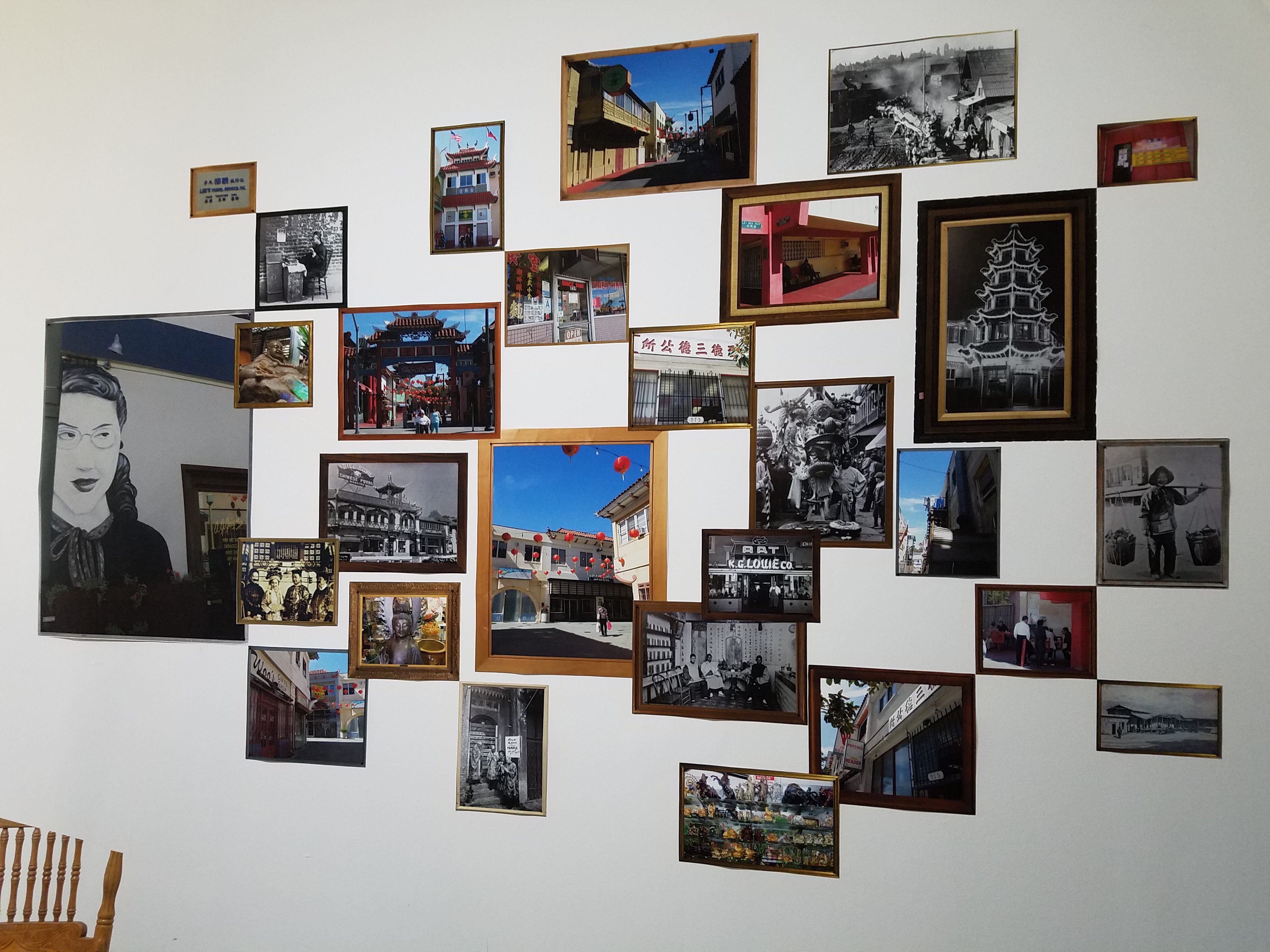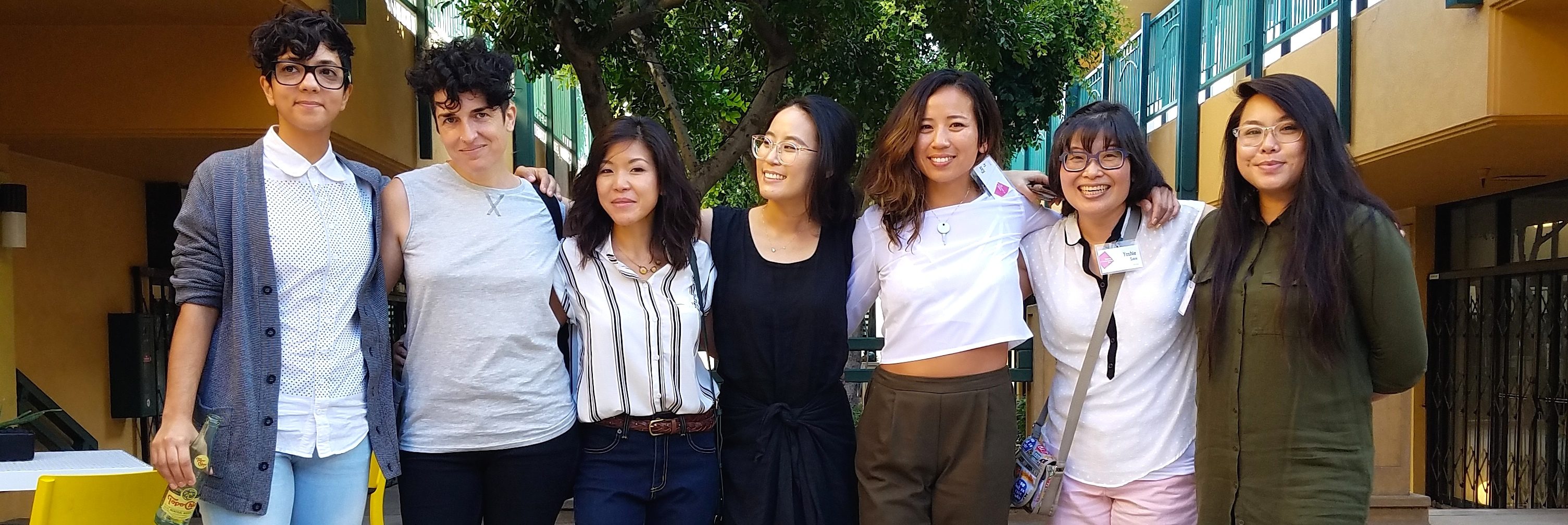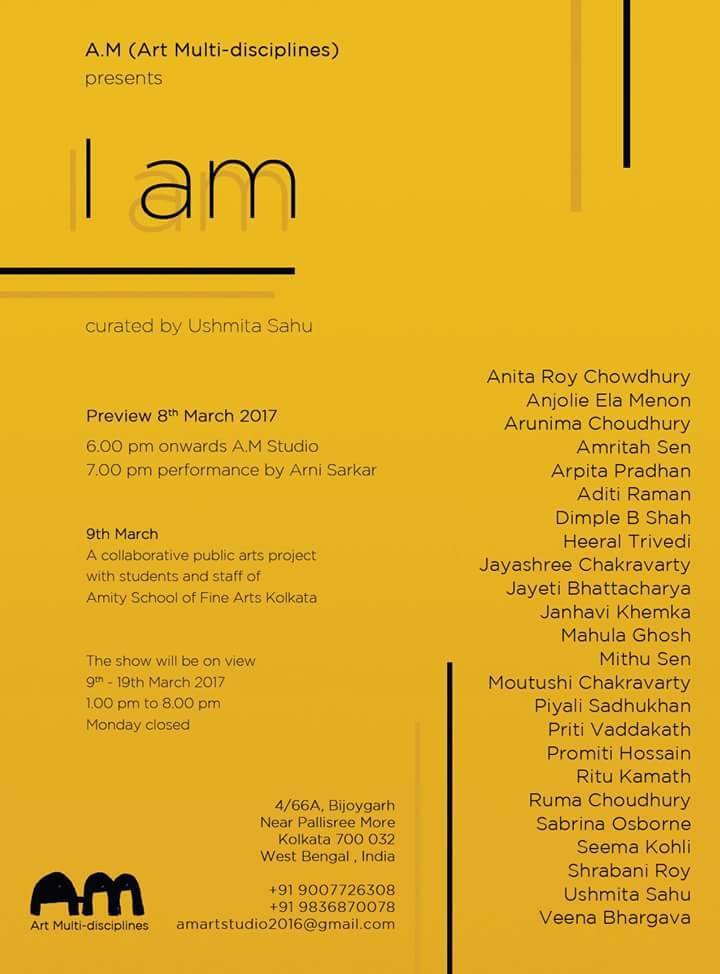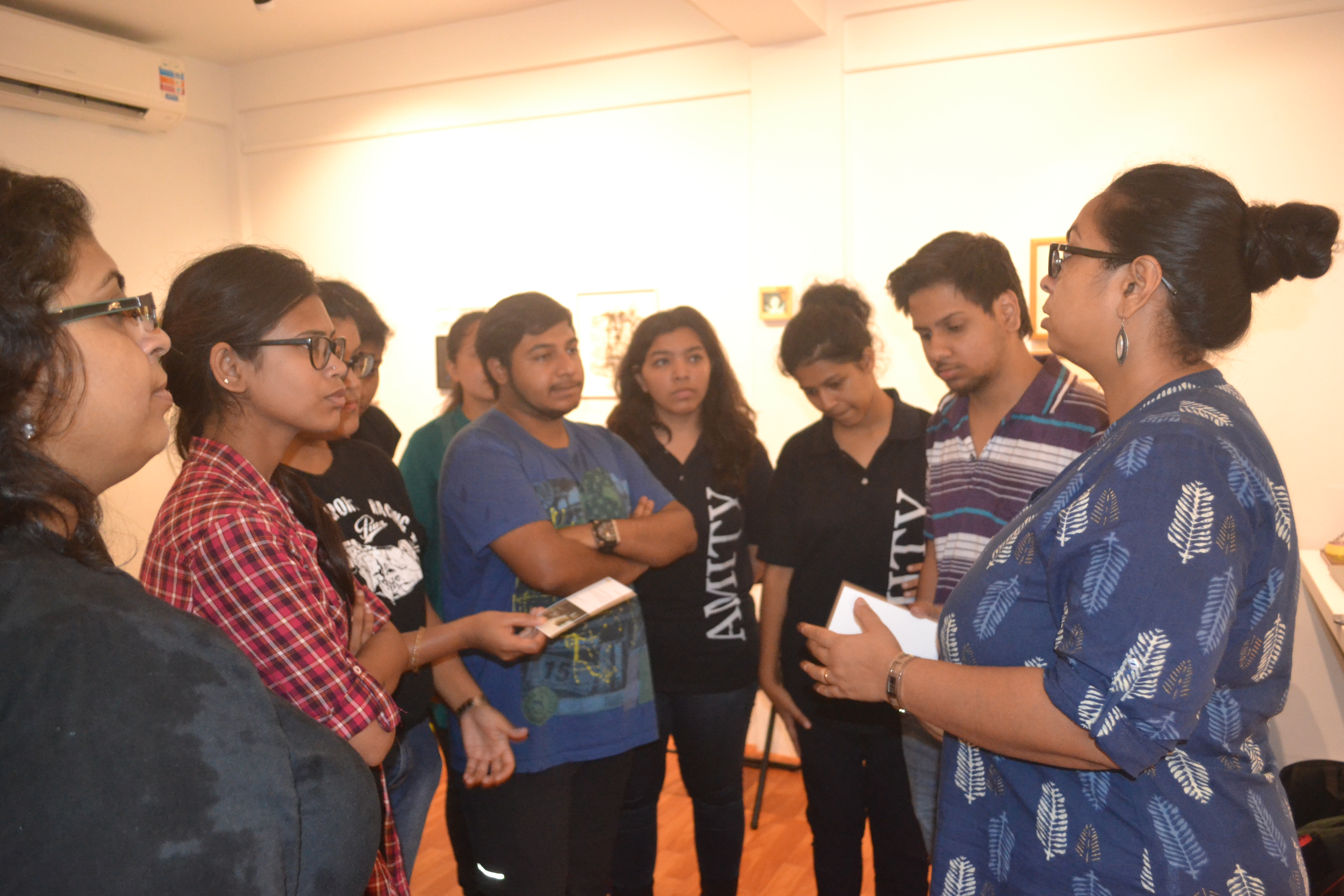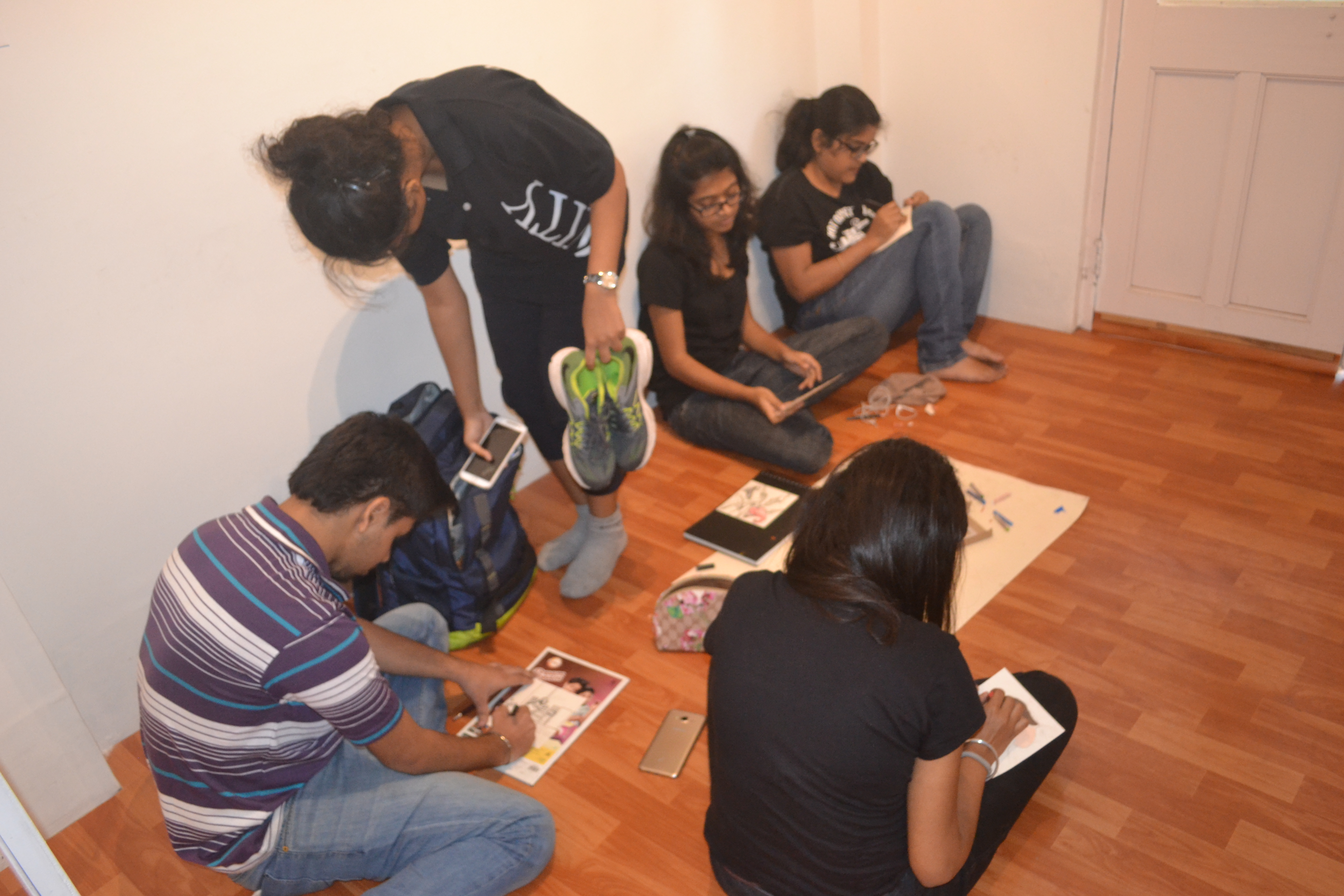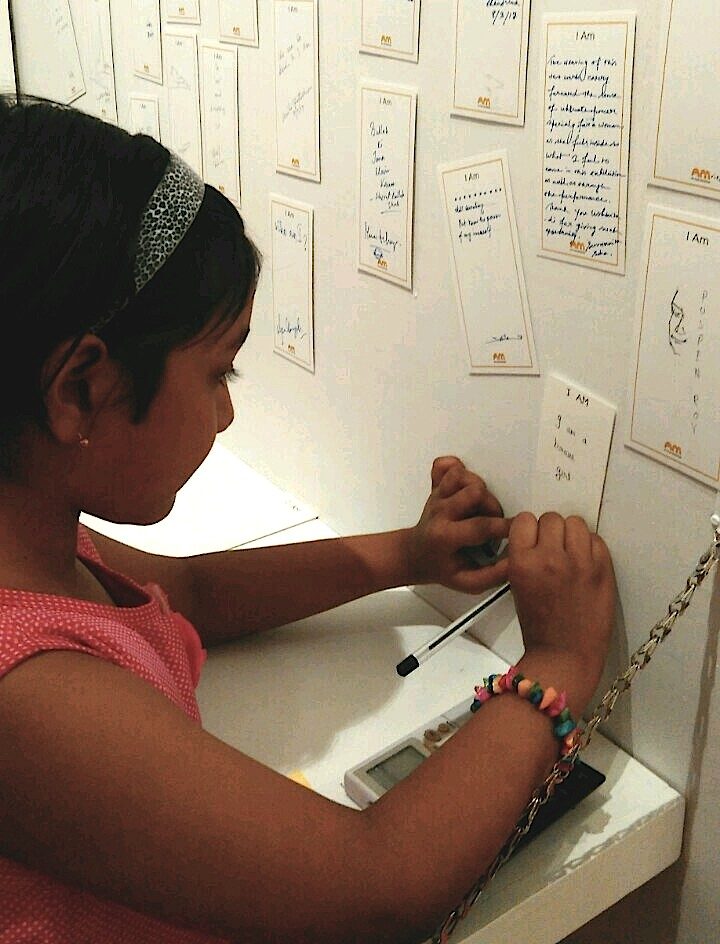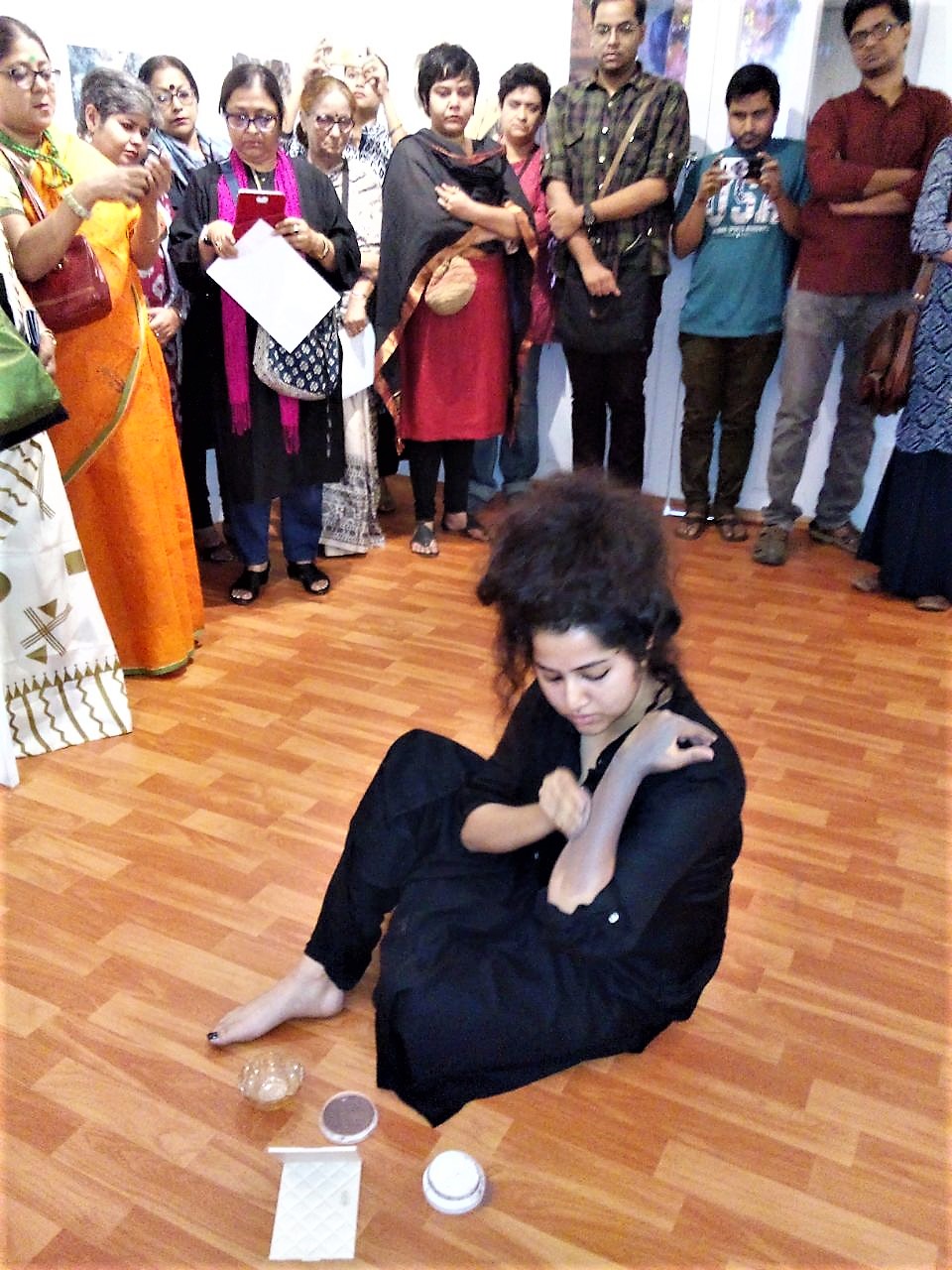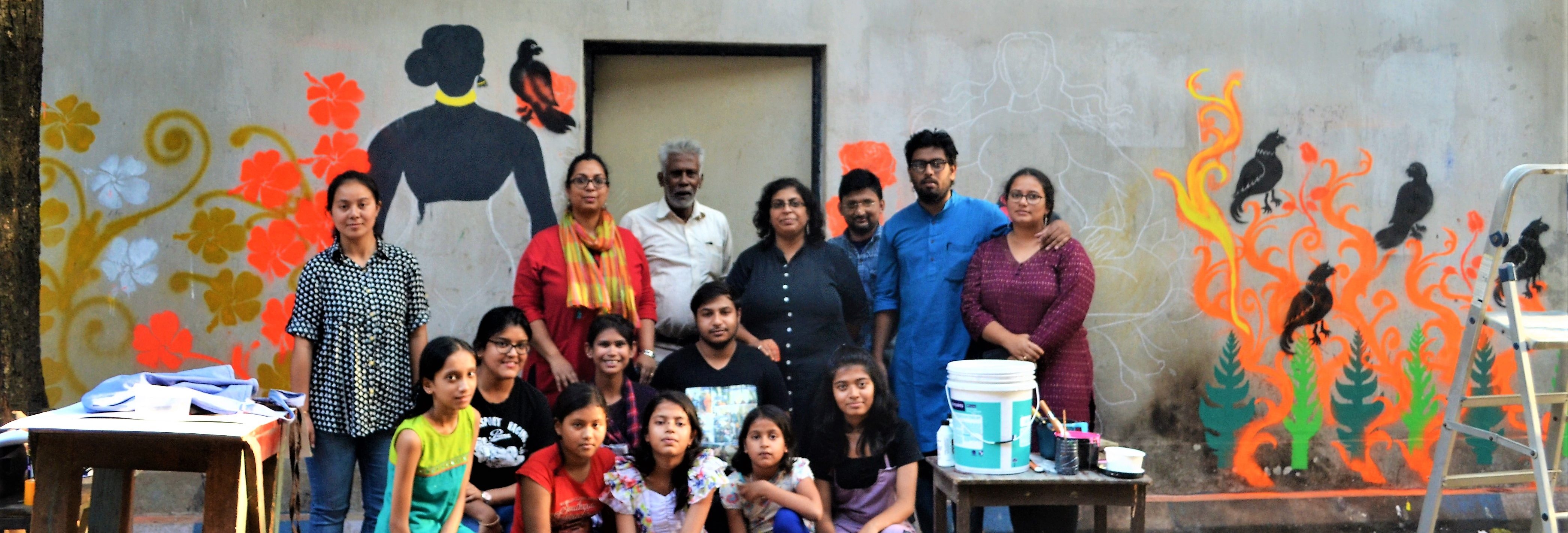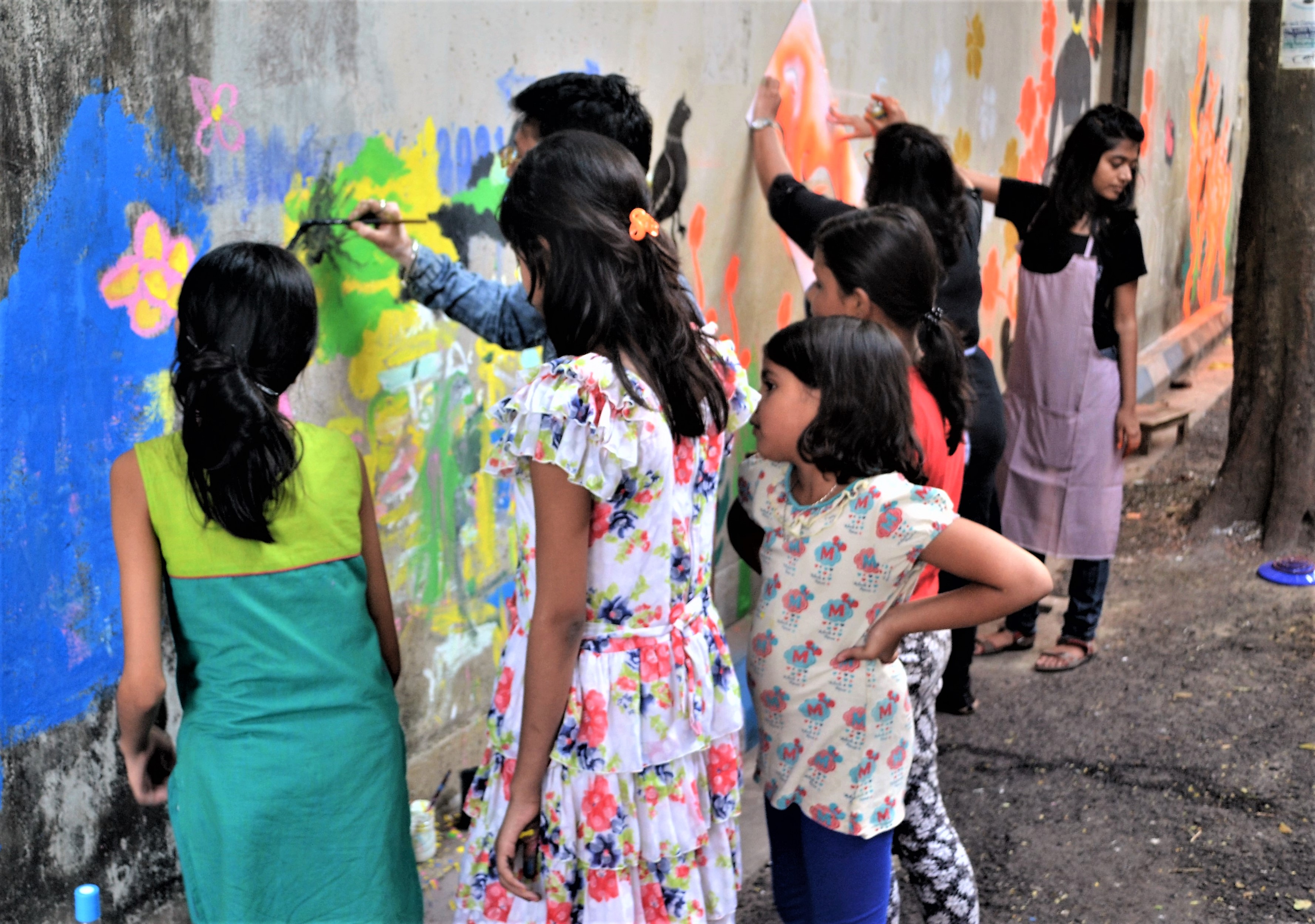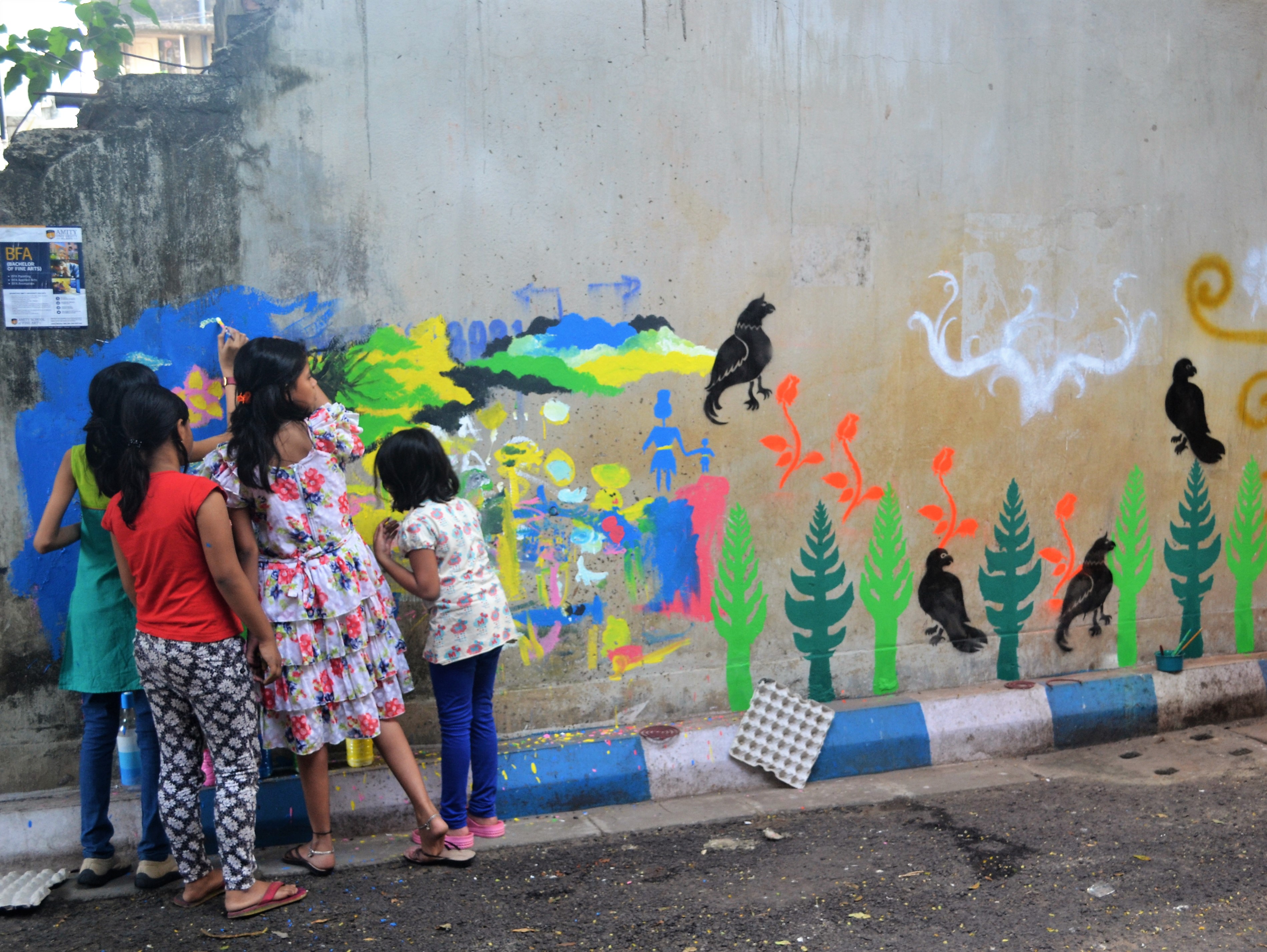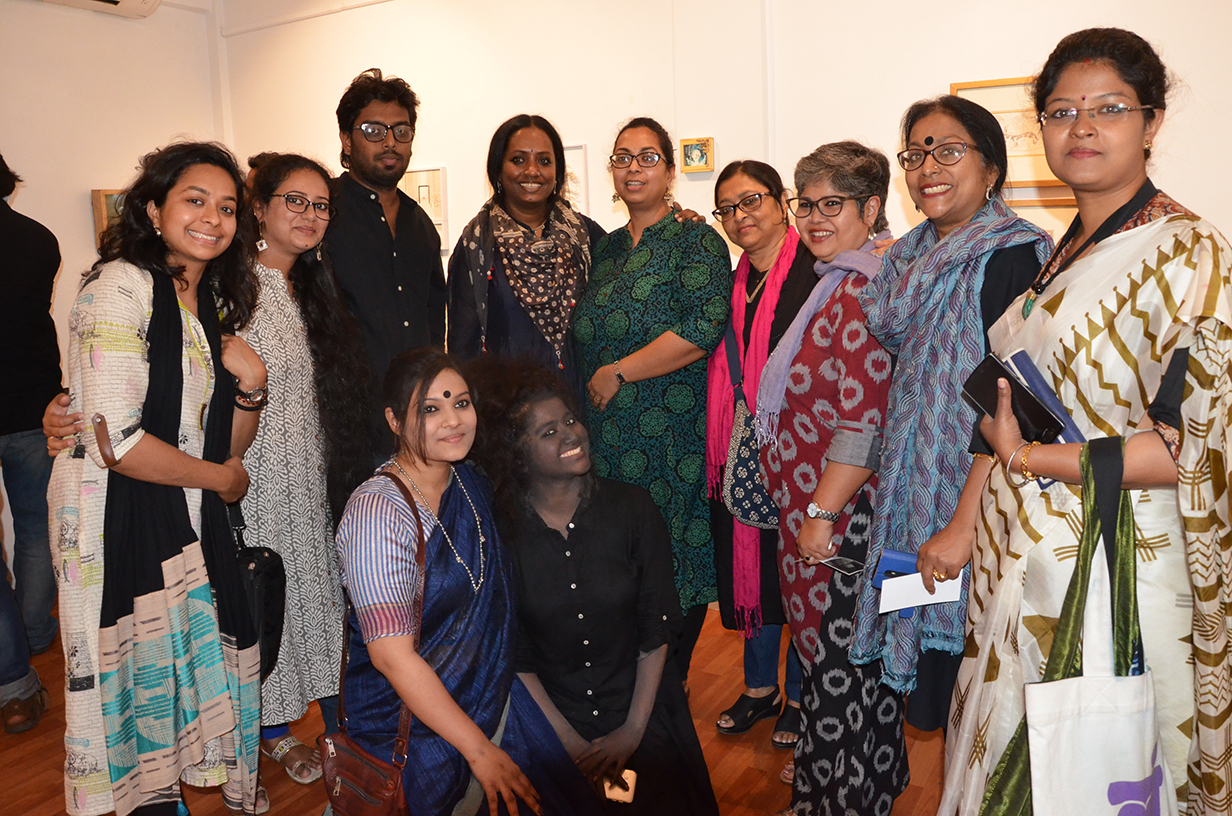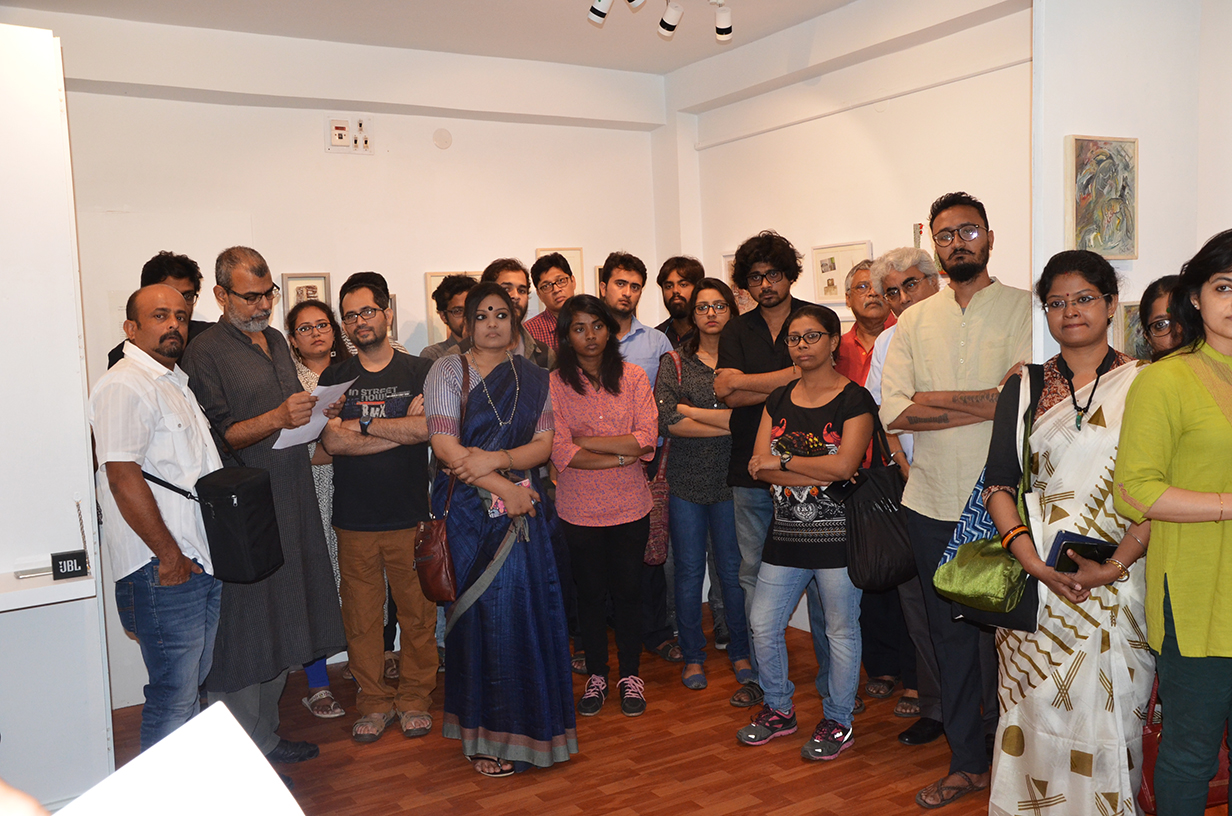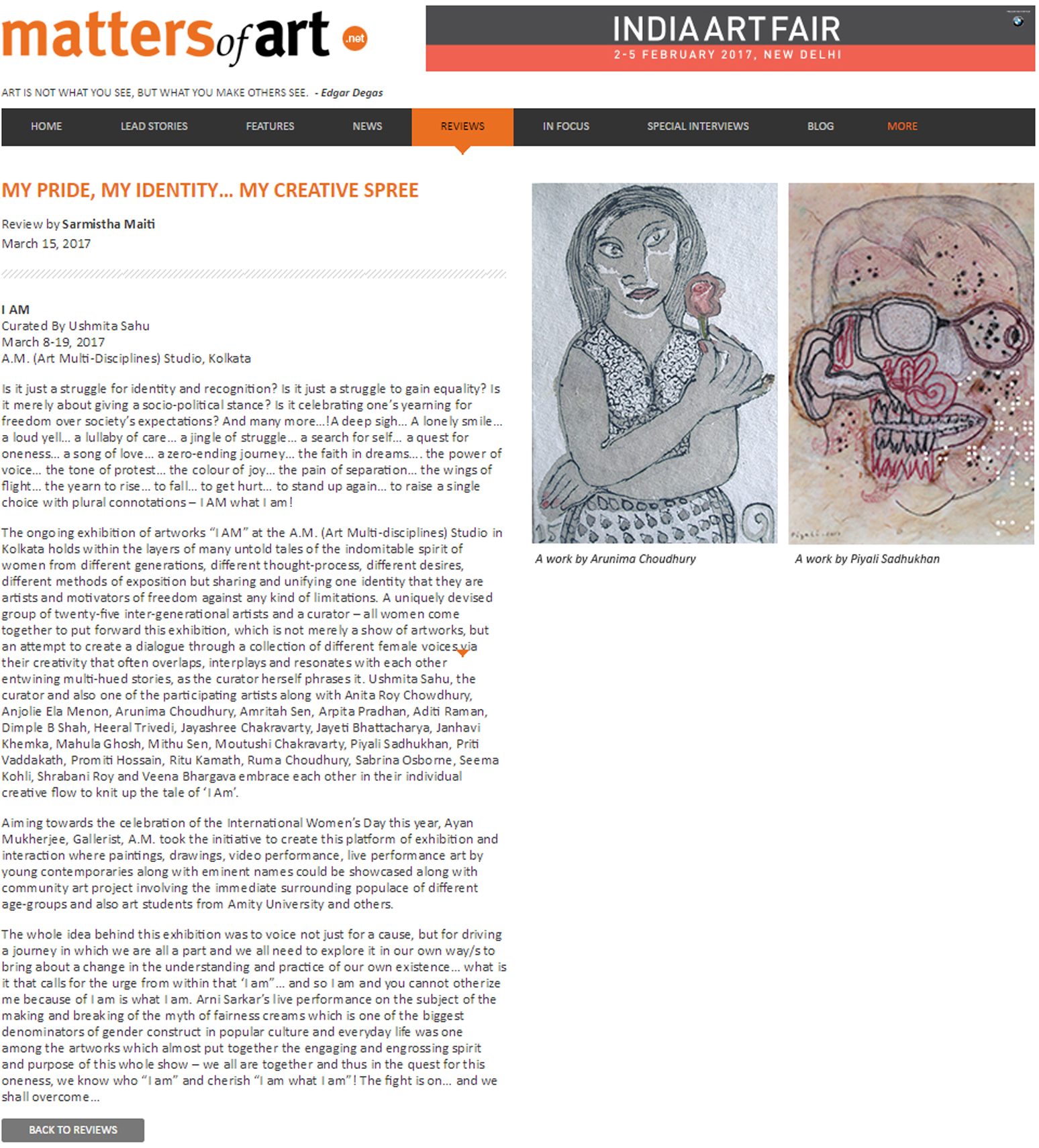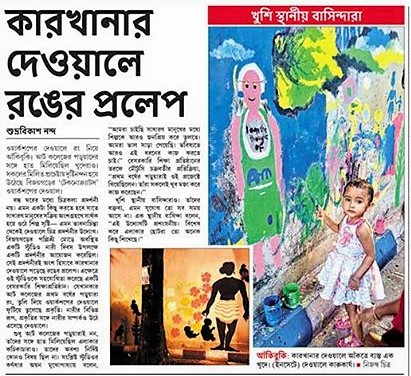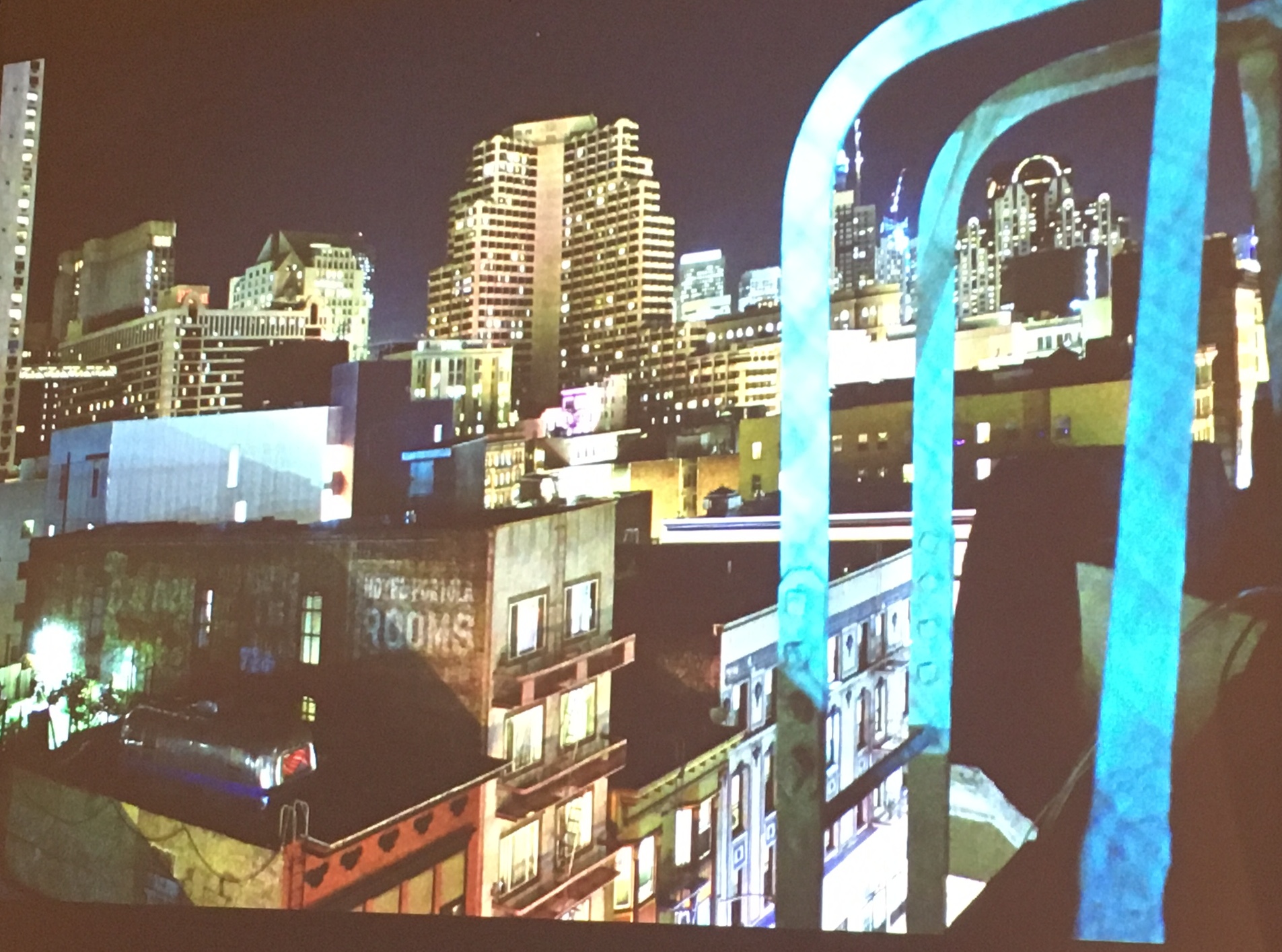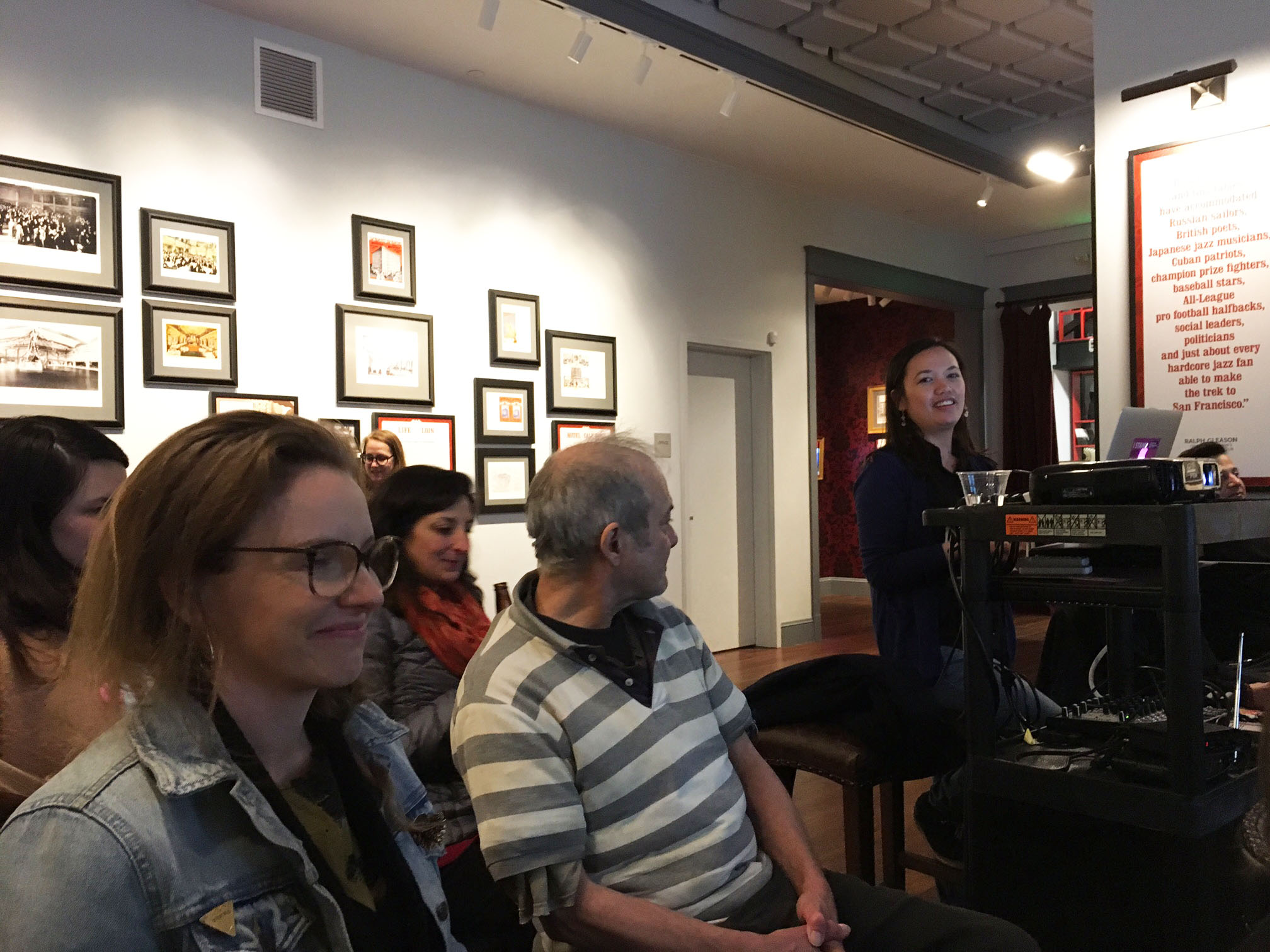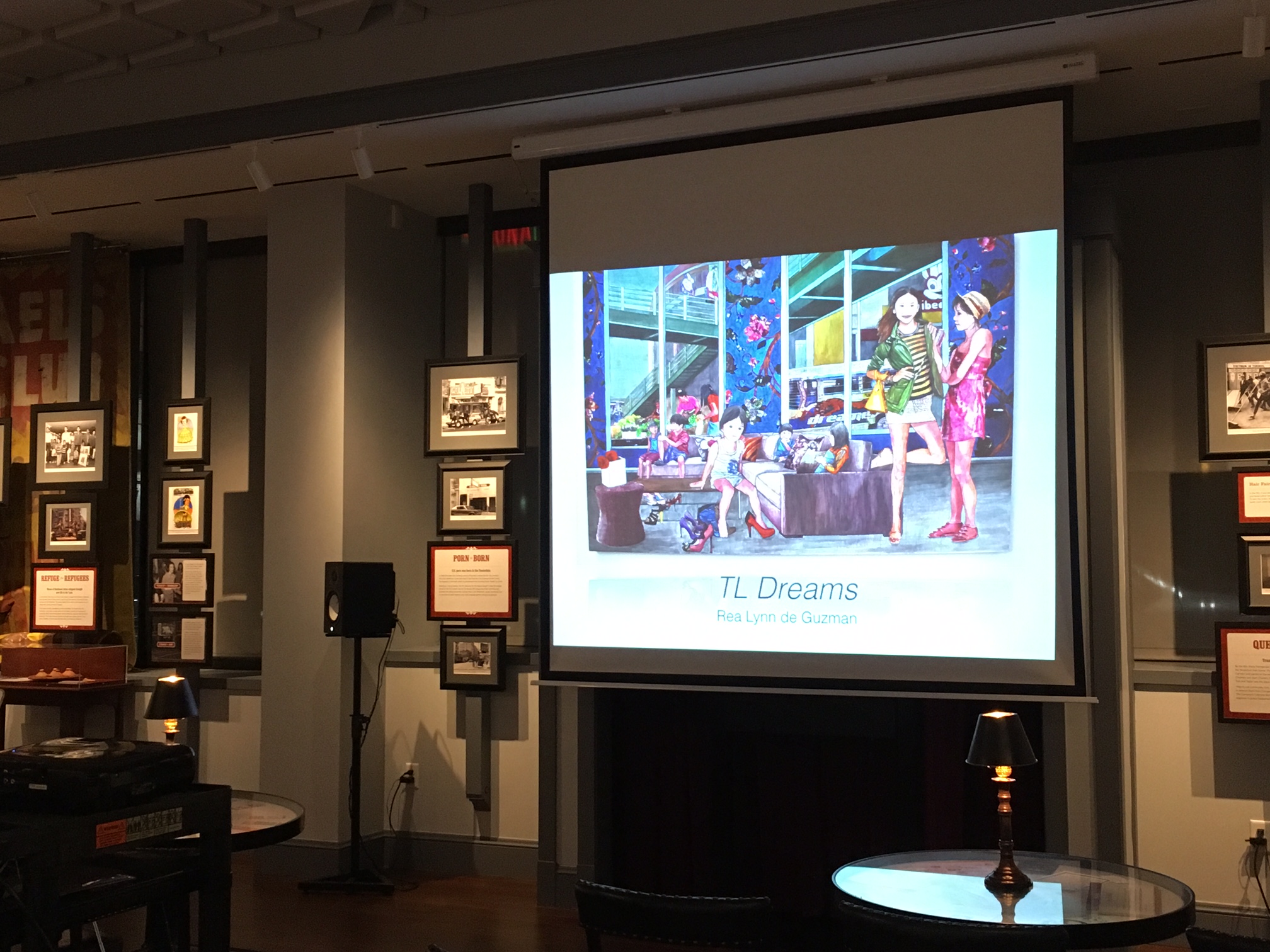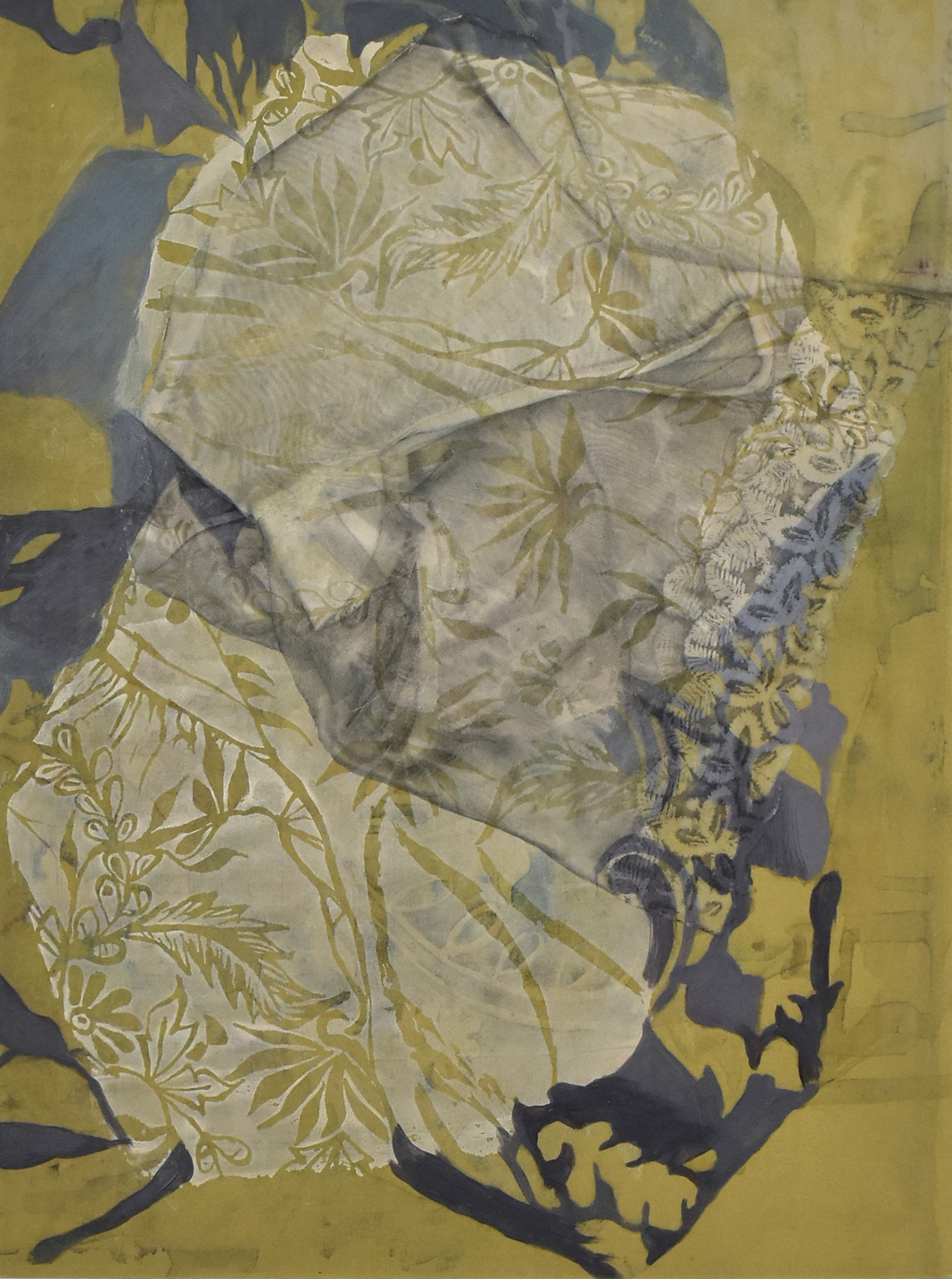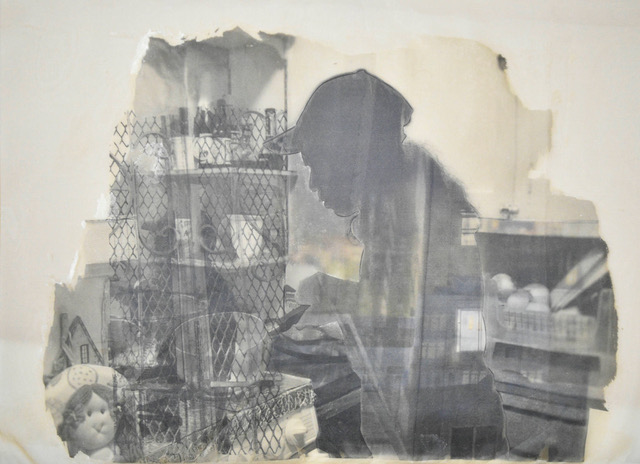2017 Murphy Cadogan Contemporary Art Awards Exhibition | SOMArts, San Francisco, California, US
A large group exhibition by students from top art schools in the Bay Area, California, addressing
pressing contemporary concerns and personal / political issues in a variety of forms and media.
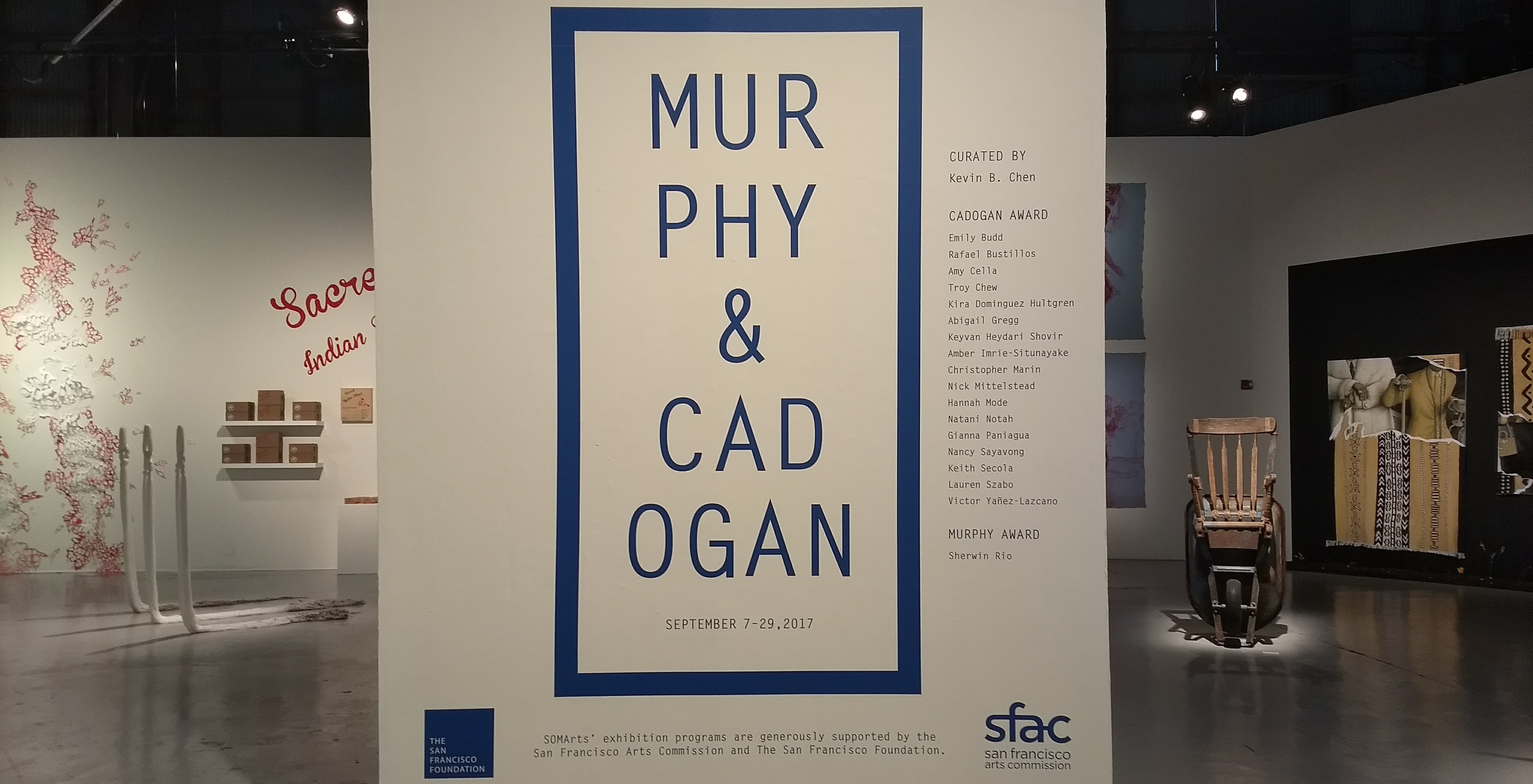
“The show is a celebration and a claim of what really makes America great, which is the diversity of the people that make it up, the diversity of cultures, the diversity of cultural backgrounds.” -- Kevin Chen
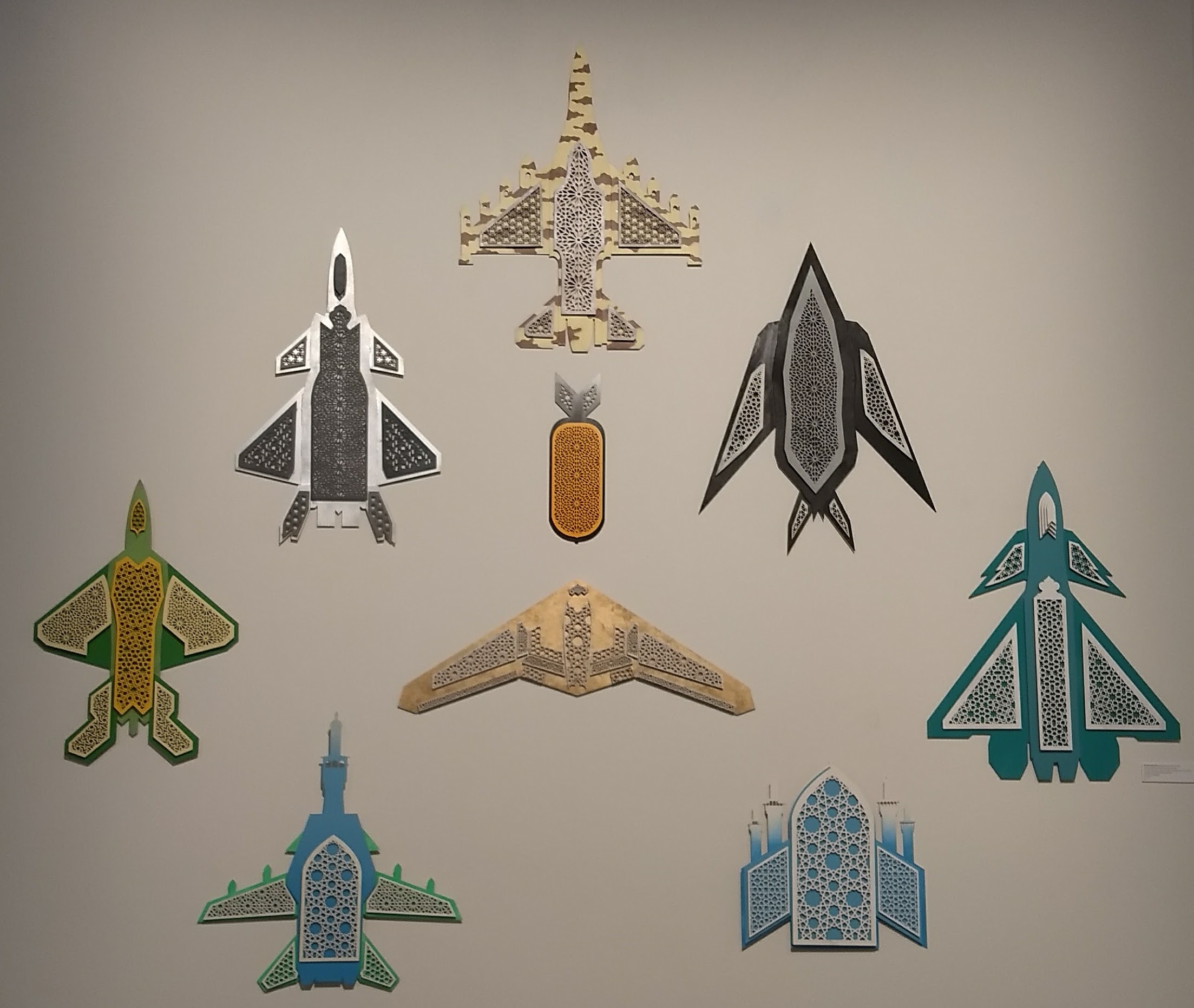
The exhibition displayed the works of 18 Master of Fine Art students 1. They were awarded funds toward their tuition or towards their careers as artists. The gallery showcased what is considered the best work of the upcoming MFA class.
A panel of three jurors, Lizetta LaFal Collins, Maria Ester Fernandez, and Kevin Chen, selected the artists from a pool of applicants going into the last year of their program at one of the six eligible local colleges and universities 2. The panel collectively chose the award recipients last summer and informed them in late July. As “there was no quota for painters or schools,” award recipients were chosen purely on merit.
Curator, Kevin Chen, then met with artists individually. With a background in the artists’ previous work, he collaborated with them to fill the gallery. Given the space with 45 foot ceilings and 16 foot walls, this was no easy feat. At that time, artists had a little over a month to fill one of the largest galleries in San Francisco.
The Murphy and Cadogan Awards were established in 1986. The donors--Edwin Anthony and Adalaine Bourdeaux--artists themselves, had struggled financially and understand the difference the award money can make for young artists.
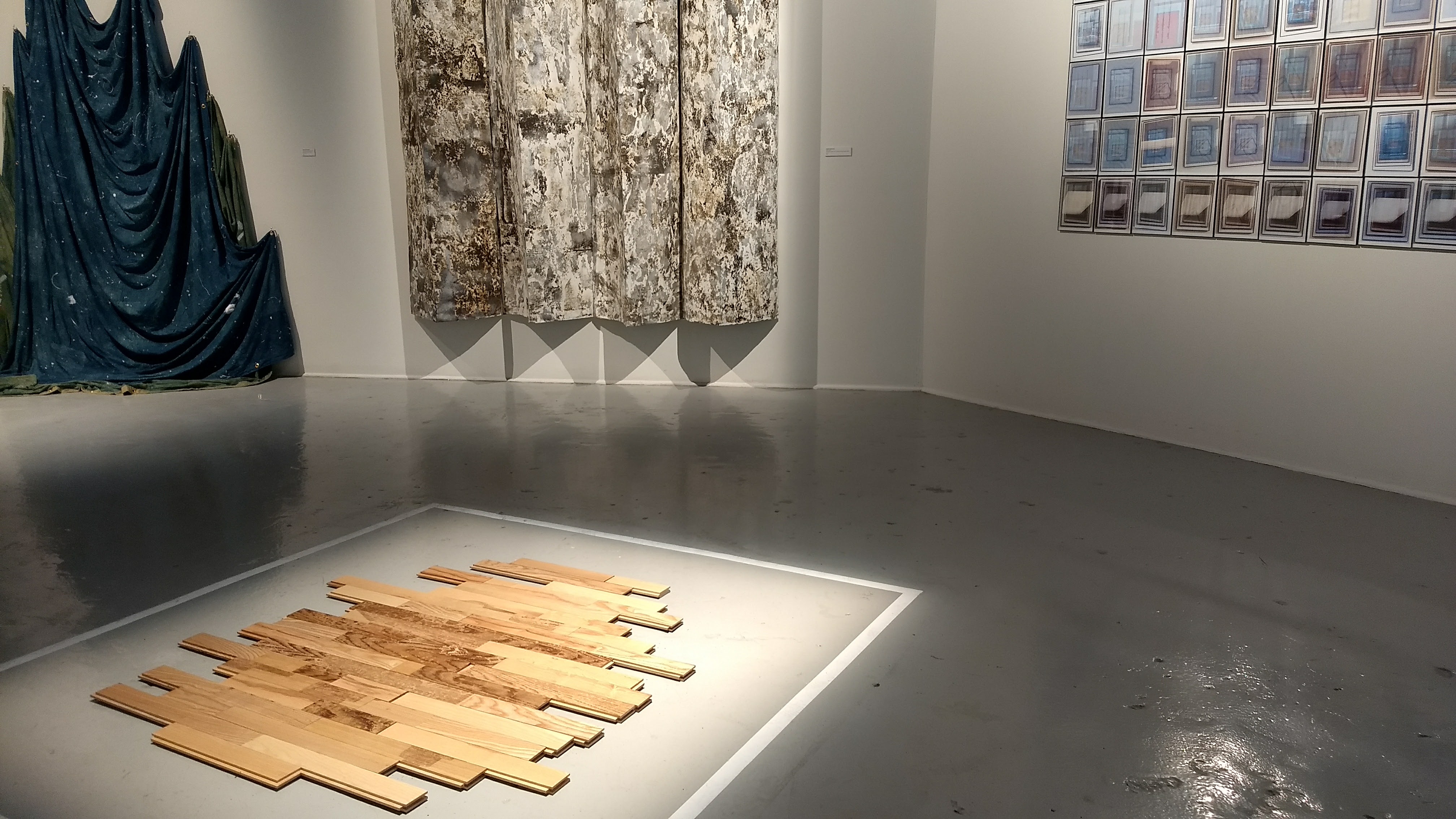
Beyond the repayment of educational debts and providing funds for supplies, the awards give the MFA students a “chance to exhibit their art as any artist doing a gallery showing would. The idea is to give them a chance to experience what it is actually like." 3 Students get exposure for their work and an understanding of gallery showings as a professional artist.
This show is particularly unique because it features the work of promising artists who are attending MFA programs in the Bay Area and seeks to create common threads among creative minds. The exhibition comes together through three separate themes: commentary on the state of humanity, consumerism in the United States, and a deteriorating environment to support human needs.
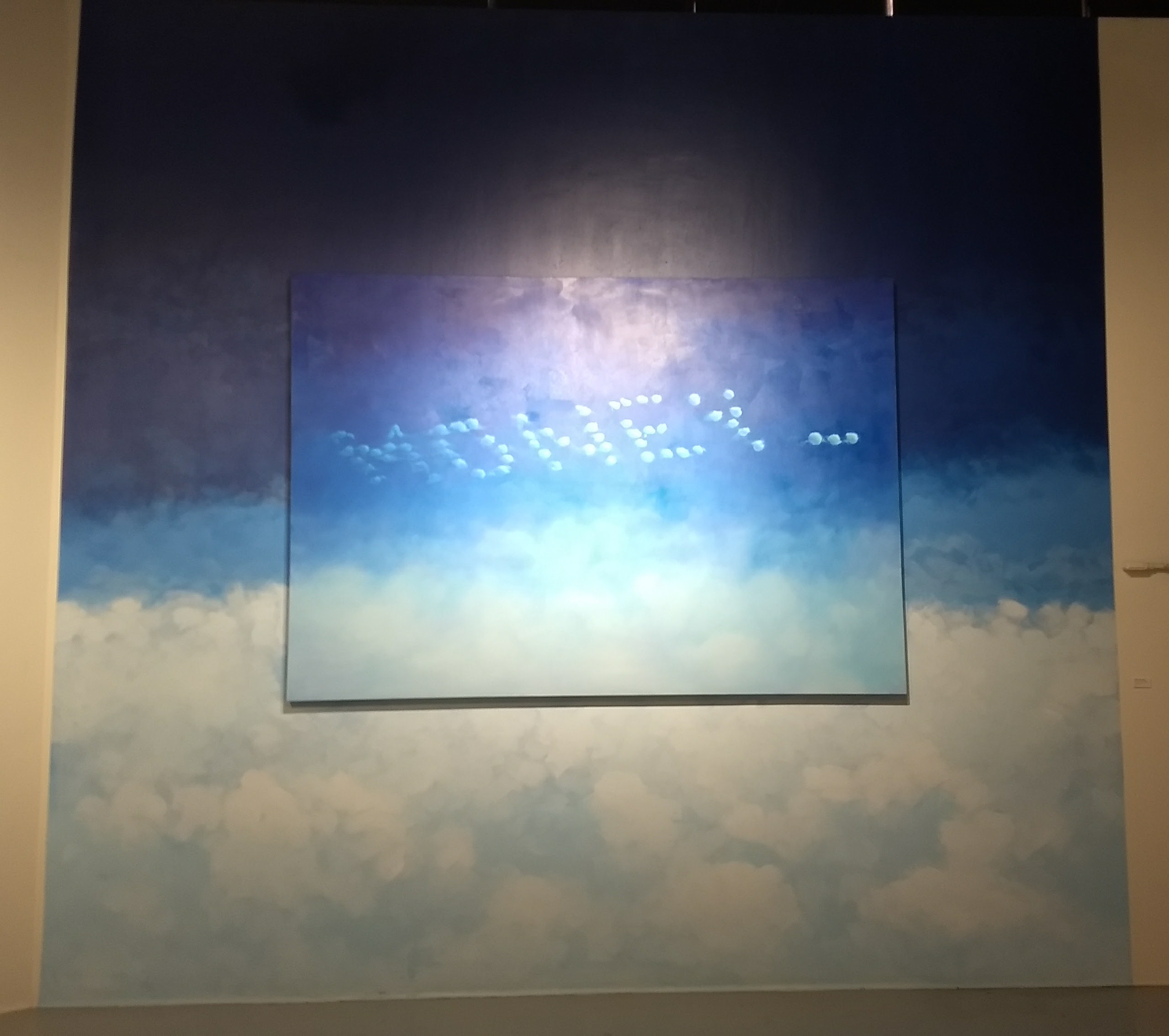
Upon entering the gallery, to the left, there is an analysis of the culture of money and consumerism. One such project, "Comes and Goes (Cloud Bank)", created by Lauren Jade Szabo 4, showcases aerial advertising of the word “money". She had originally created the large canvas displaying the text across clouds, but was “encouraged to start thinking about extending the composition past the frame of the canvas onto the wall, to do an actual mural on the wall.” 5 The gallery’s high ceilings and expansive walls caused her to create an even more impactful result. Problems of greed and the American consumerist culture that are overlooked on a day-to-day basis are imposingly displayed, conspicuous and unavoidable. Szabo emboldens her viewers to question society’s priorities in the age of technology. An advertisement such as this is full of false promise. More money is seen invariably as a solution but not as the problem.
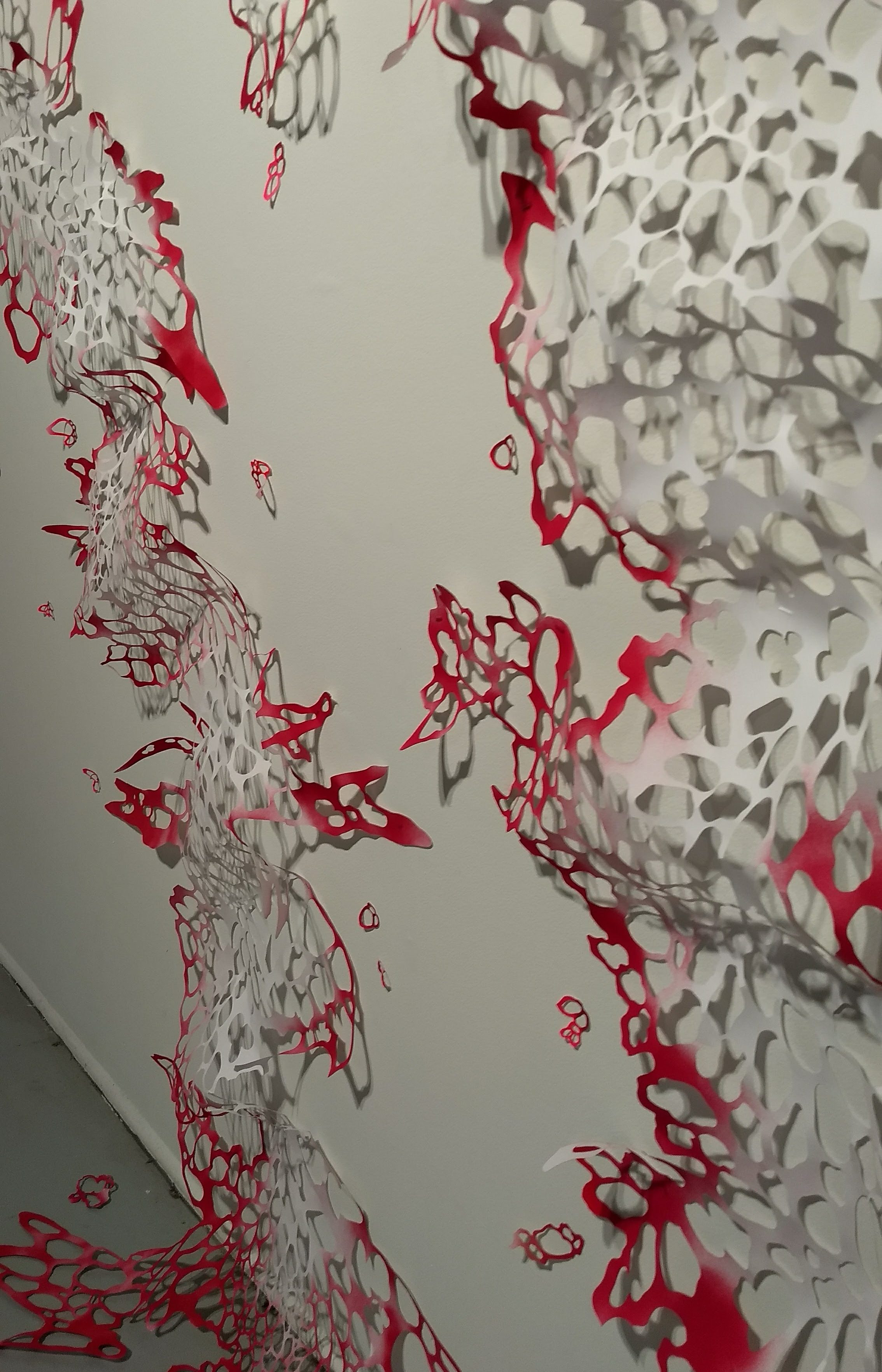
Moving into the center of the gallery, the focus is on the state of humanity and human beings. Gianna Paniagua did a paper-cutting called "Force". The piece explores the juxtaposition between weakness and strength, in paper as in human bodies. Paniagua is a heart transplant recipient. The four times this year that her body has rejected the transplant have inspired her to explore this concept that she expands to a larger understanding of growth and decay. Her path as an artist was inspired by this relationship with her body. During treatment, she created a towering piece of cutouts resembling cells with reddened edges. There is strength in their numbers and repetitive pattern, but fragility in their decay and uniqueness. Her own cells rejected the distinctly different transplanted cells. Gianna portrays strength through her recoveries and artwork, where society may traditionally perceive fragility. She urges her audience to understand their relationships with their own bodies and understand where their strength lies.
As the viewer reaches the right side of the massive open gallery space, there are pieces illustrating the lack of human concern for the environment. With her canvases, "Cacophonous Float" and "Stretch", Abbey Gregg challenges the viewer to look into past, present, and future environmental effects of humans in the age of technology.
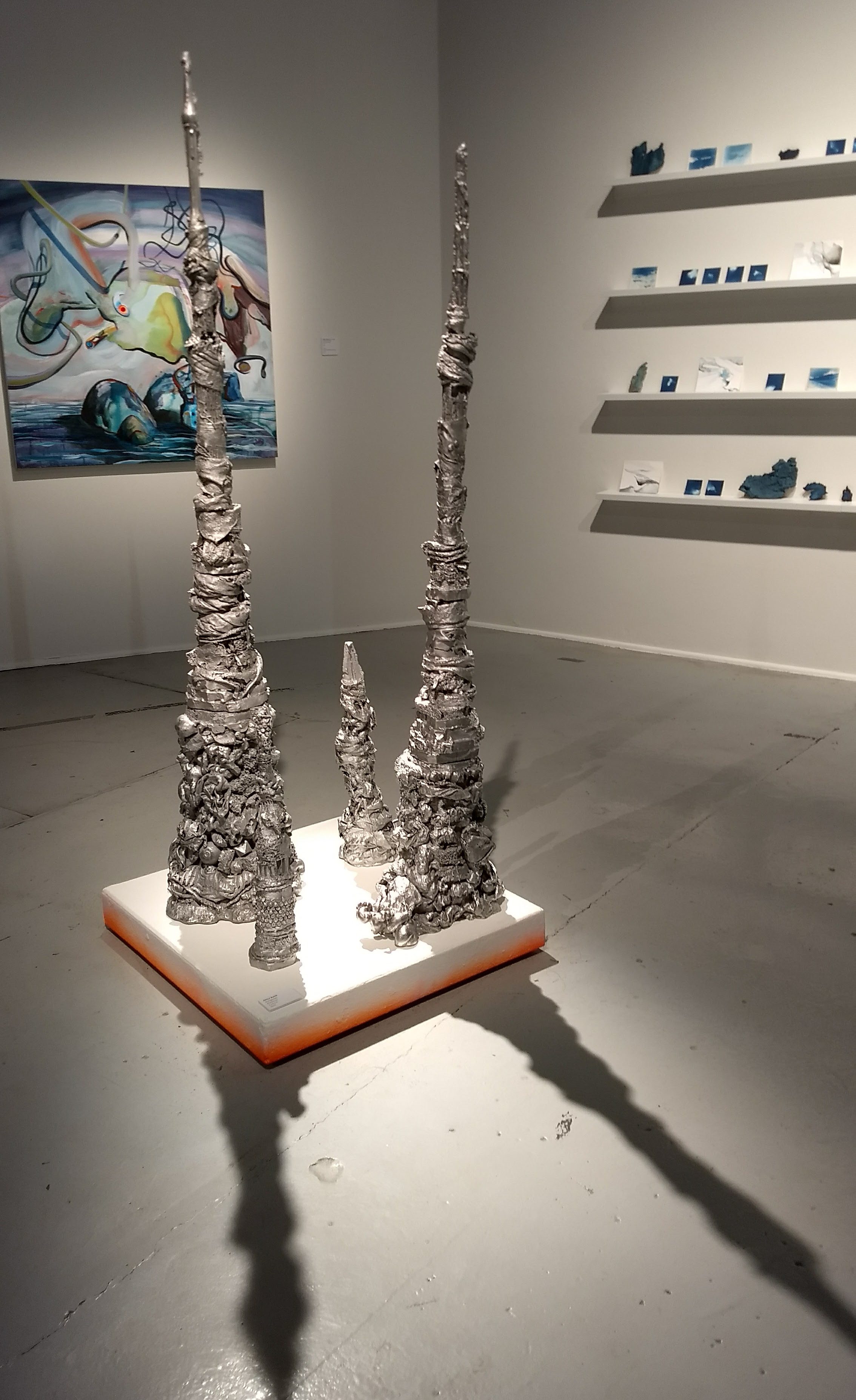
She contrasts the feedback loop of human life causing environmental depletion, and the resulting human casualties, alongside landscape painting with a technological lens. “It’s very eerie how relevant those are today, in the wake of all the hurricanes in the south. You can see the rising water level of the sea. Nature will always adapt; it’s just a matter of how humanity will adapt.” 6 There is a clear pattern of nature’s ability to consistently subsist, but there is need for humanity to adapt to those changing conditions.
This show encompasses “what really makes America great; that is the beauty in the diversity." Natani Notah’s and Kira Dominguez Hultren’s pieces boldly celebrate their roots within a society that conforms in appearance. Nick Mittelstead and Raphael Bustillos “elevate mundane materials to the status of art.” Sherwin Rio’s three pieces, born from his Philipino background and growing up in the United States, “are simple and so poetic that you can read many different story-lines into them.” 7 The SOMArts gallery hosts this amalgamation of different stories, strifes, interests, backgrounds, and passions. And yet, commonalities in analysis and thought can be found. The audience is continuously drawn into questioning their relationships with society, themselves, and the larger world around them.
NOTES:
1 ARTISTS: EMILY BUDD, Rafael Bustillos, Amy Cella, Troy Chew, Abby Gregg, Kira Dominguez Hultren, Chris Marin, Nick Mittelstead, Hannah Perrine Mode, Natani Notah, Gianna Paniagua, Sherwin Rio (Murphy Award), Nancy Sayavong, Keith Secola, Keyvan Heydari Shovir, Amber Imrie-Situnayake, Lauren Szabo, and Victor Yañez-Lazcano.
2 Art schools: California College of the Arts, Mills College, San Francisco Art Institute, San Francisco State University, Stanford University, and University of California, Berkeley
3 Interview with Kevin Chen
4 http://www.laurenjadeszabo.com/
5 Interview with Kevin Chen
6 Interview with Kevin Chen
7 Interview with Kevin Chen
http://www.somarts.org/wp-content/uploads/MC-Info-Packet.pdf
